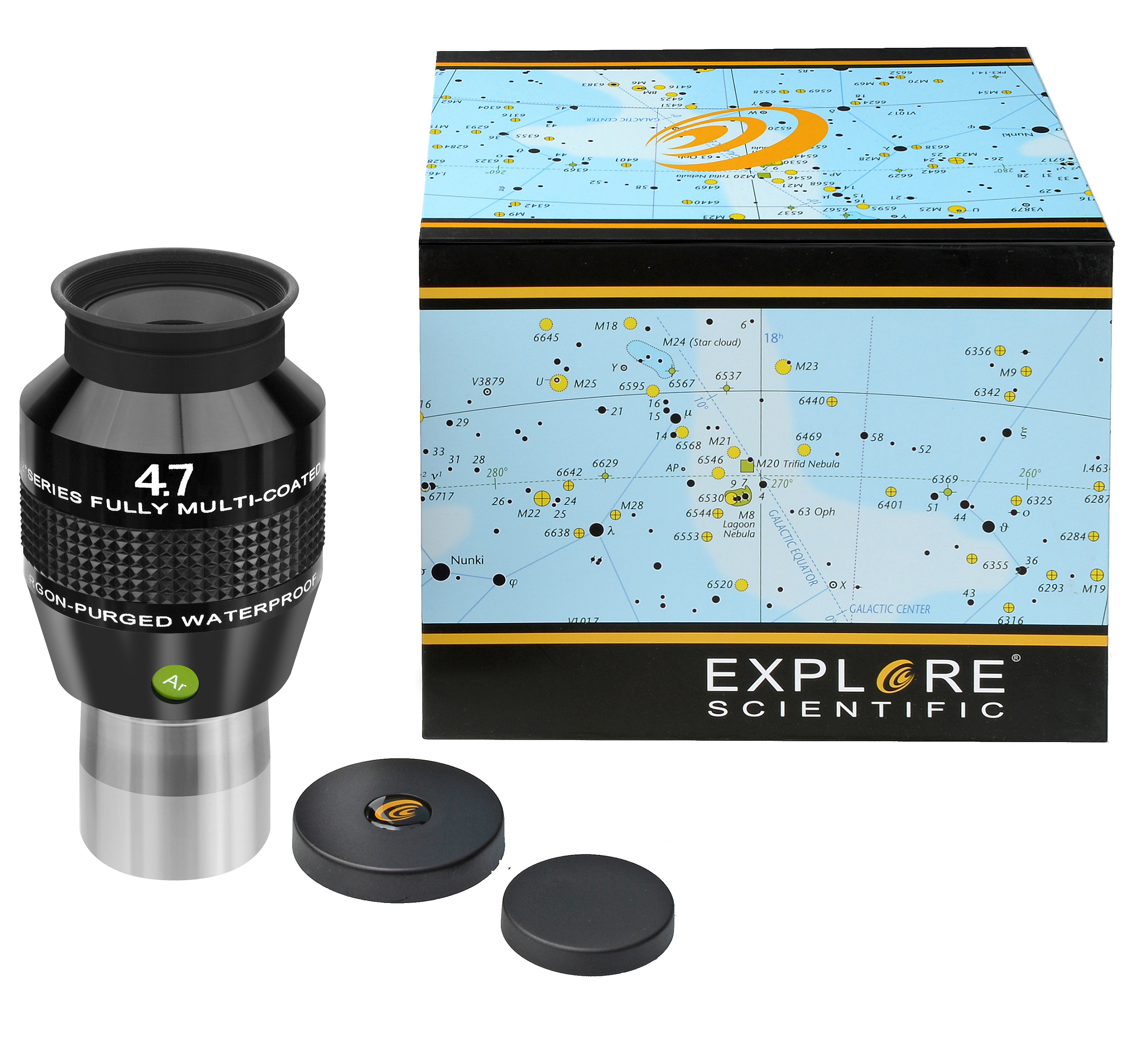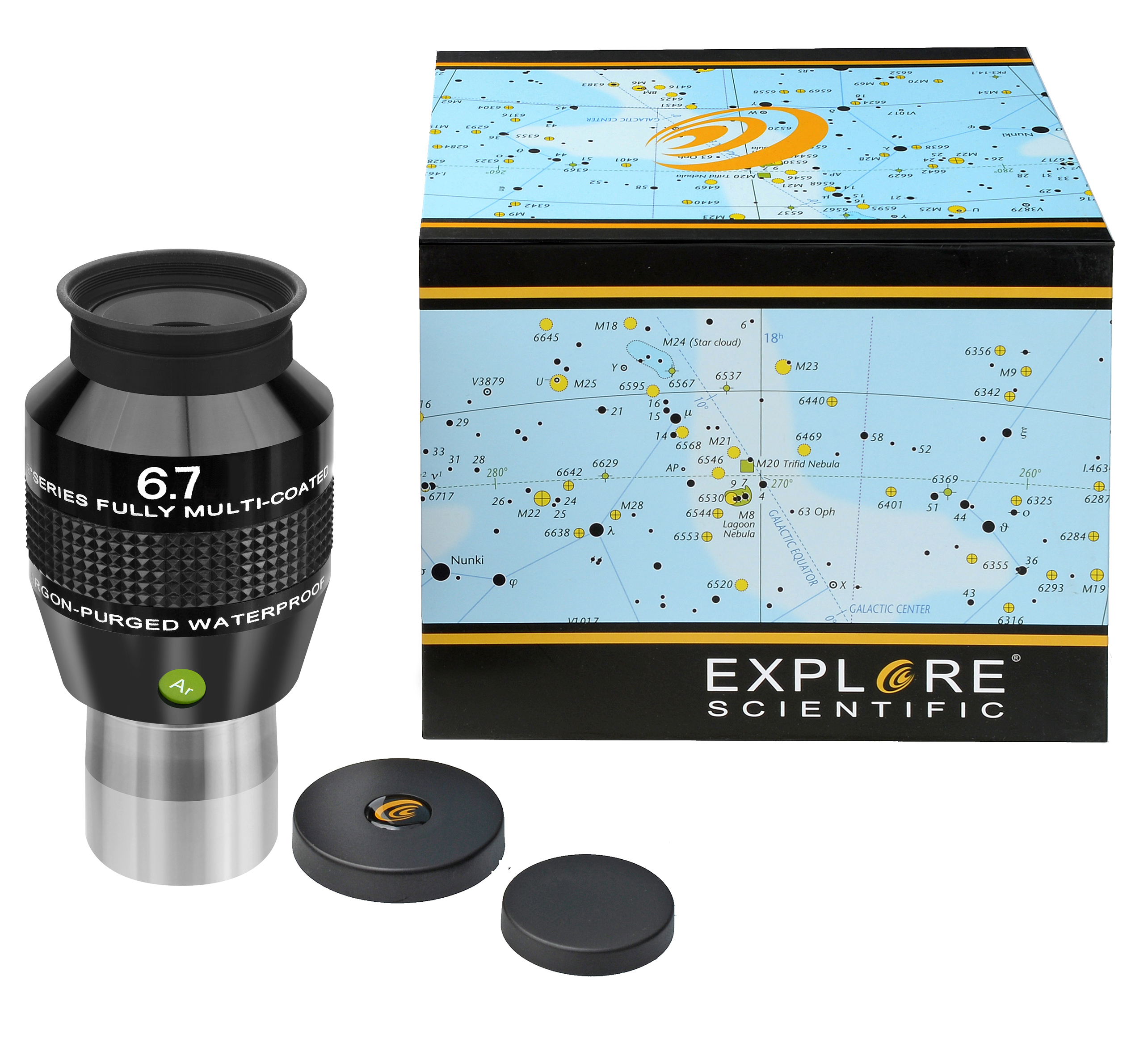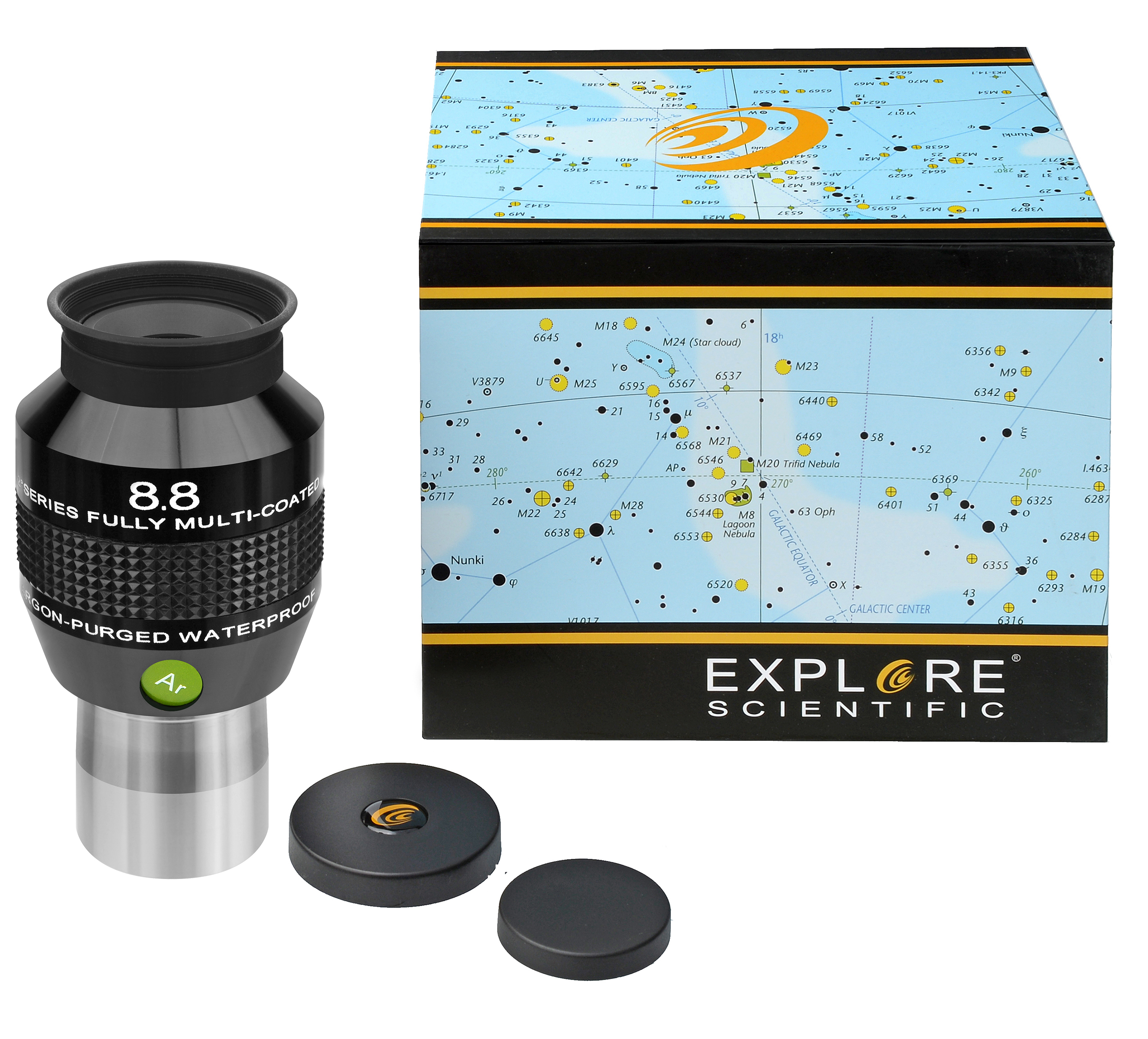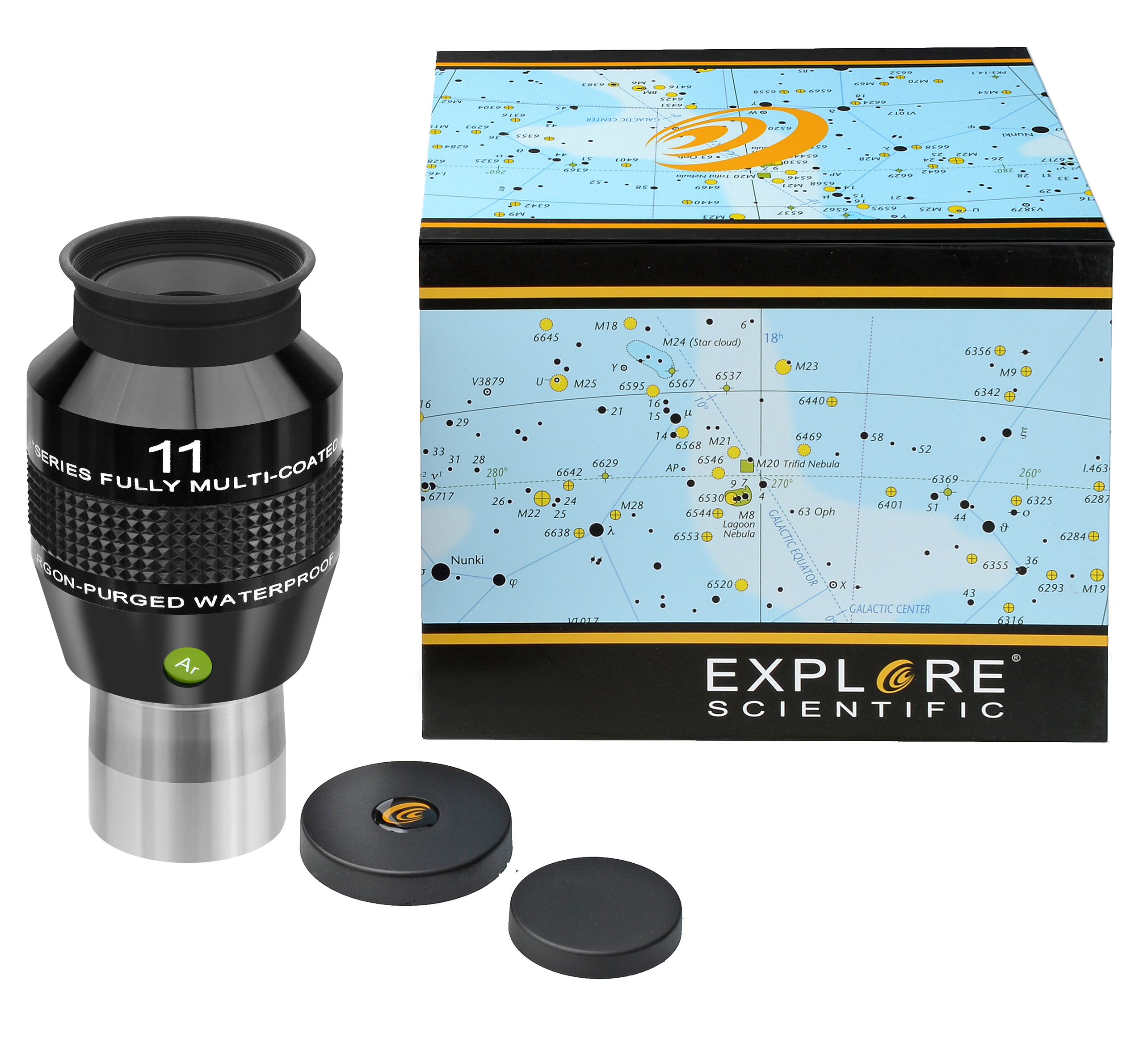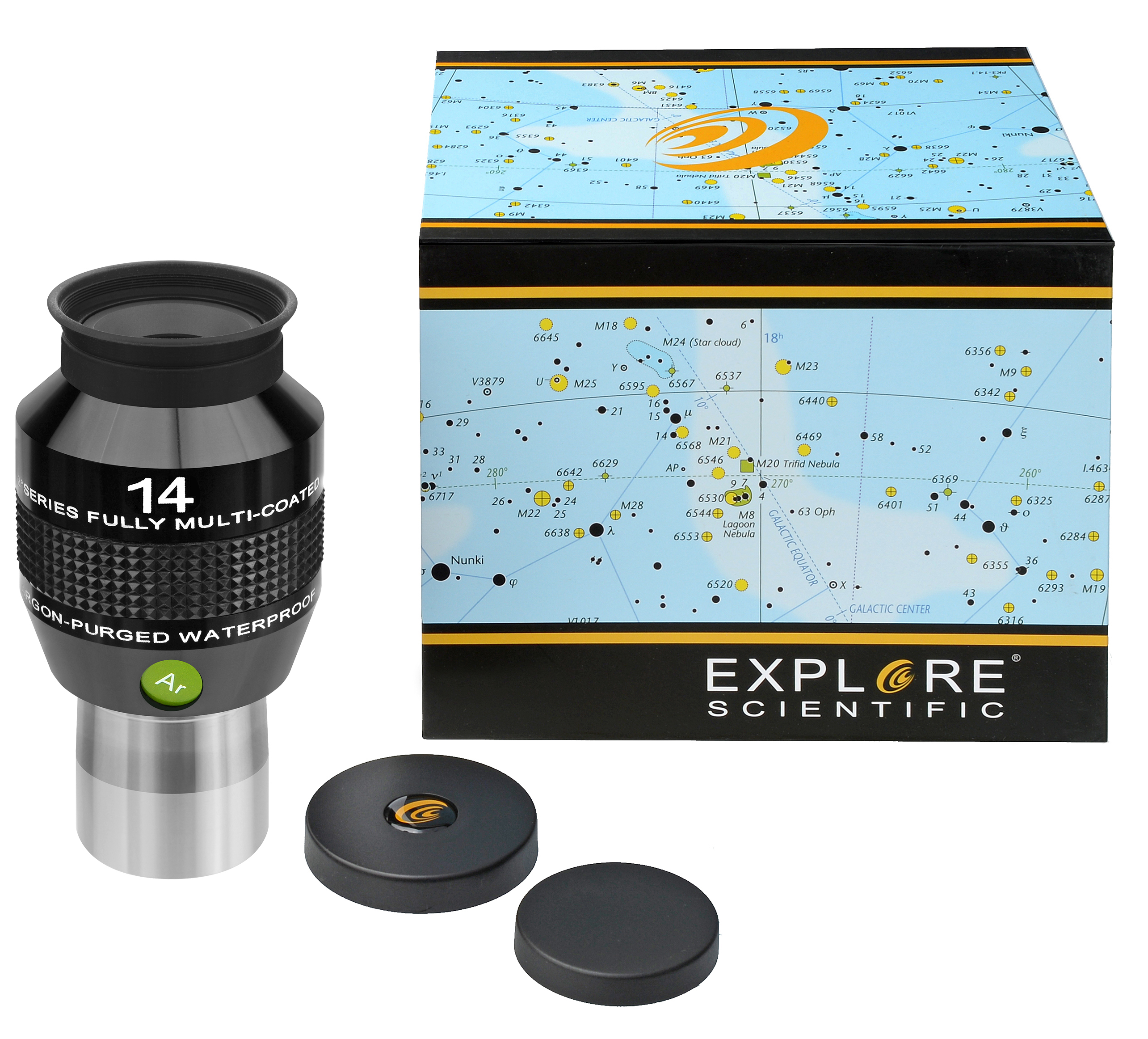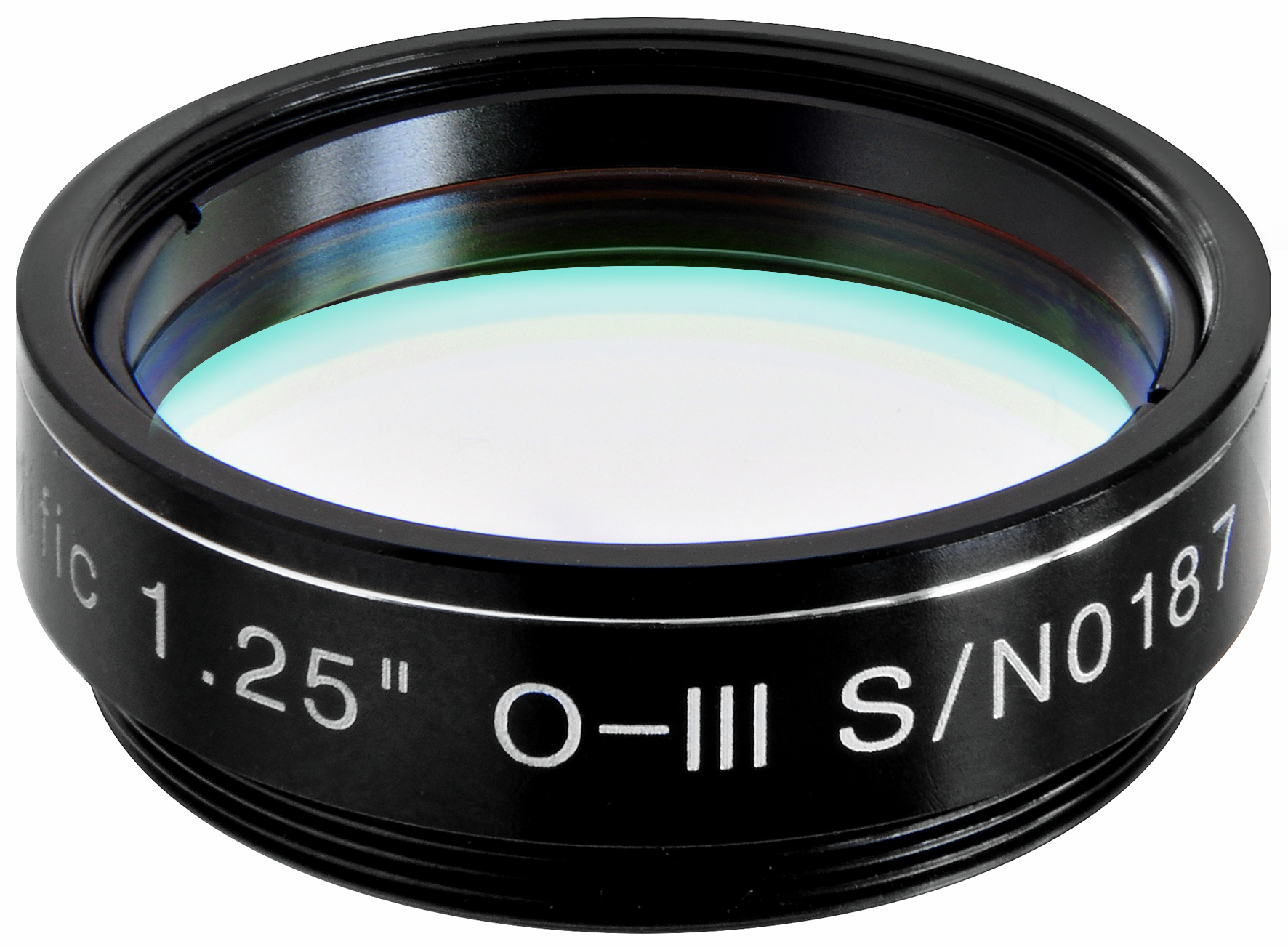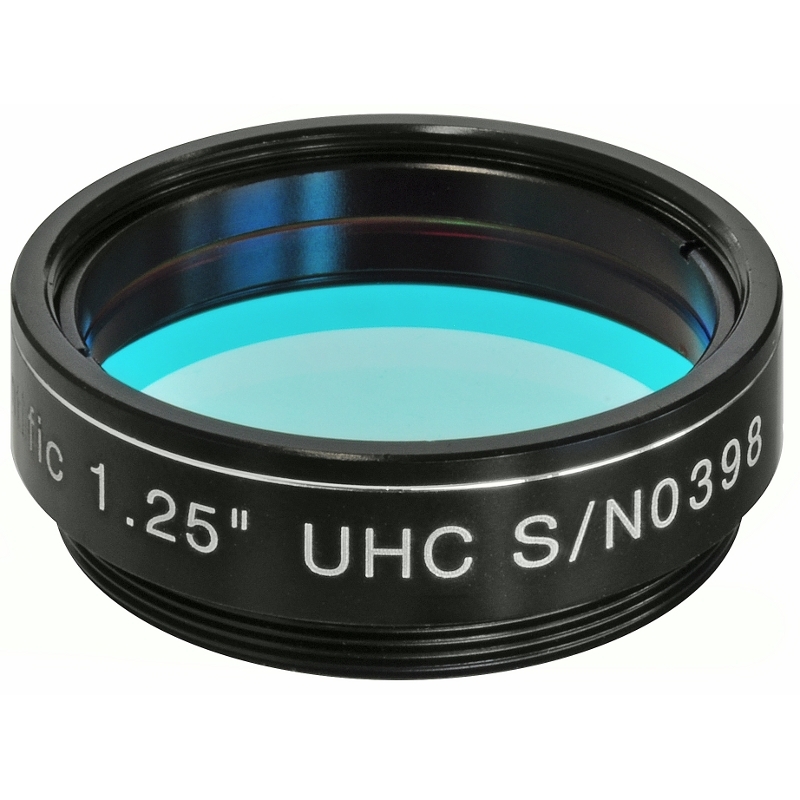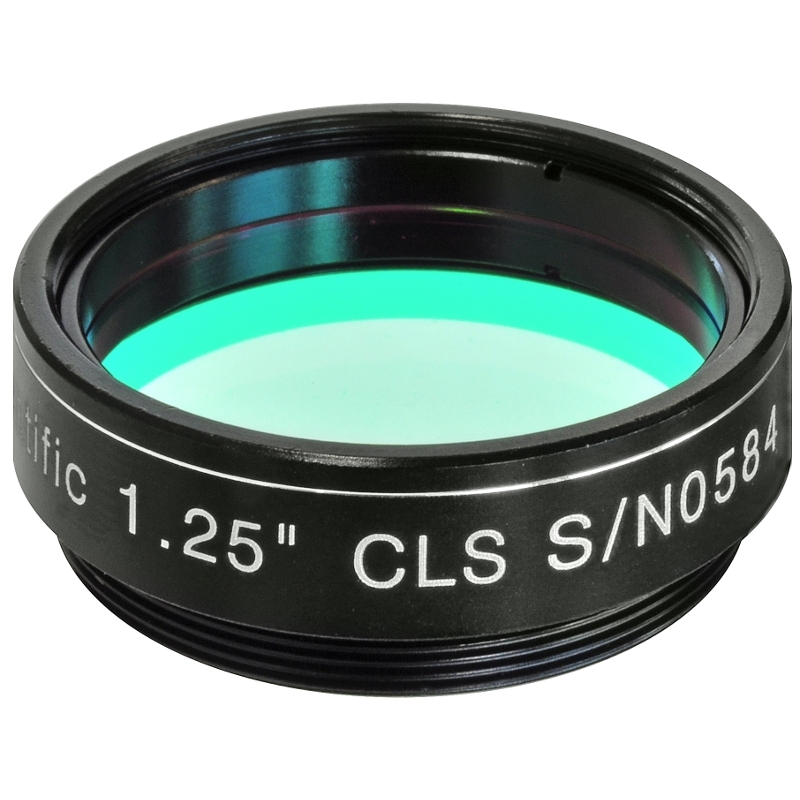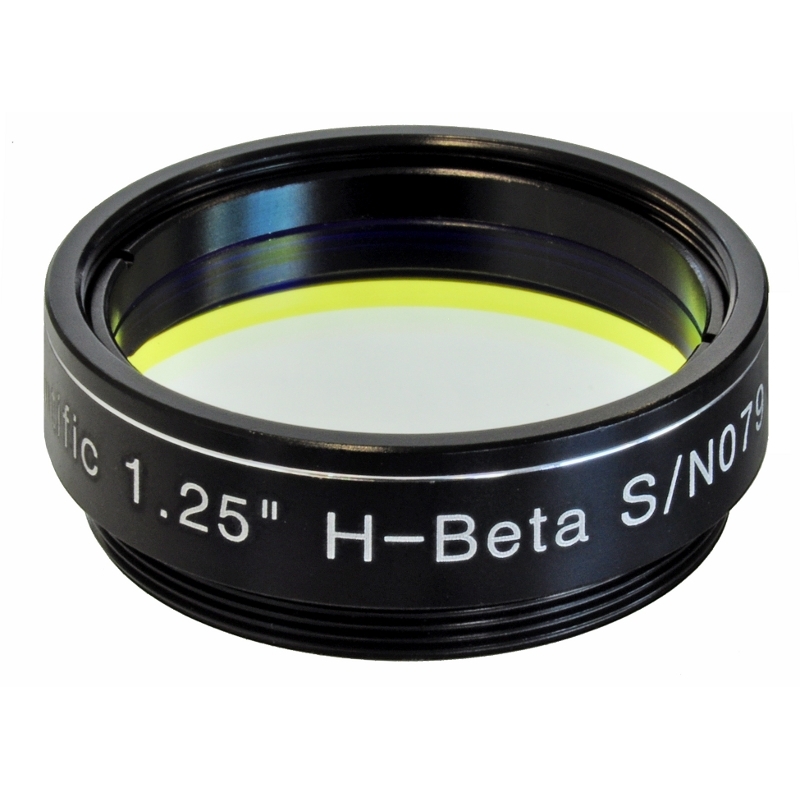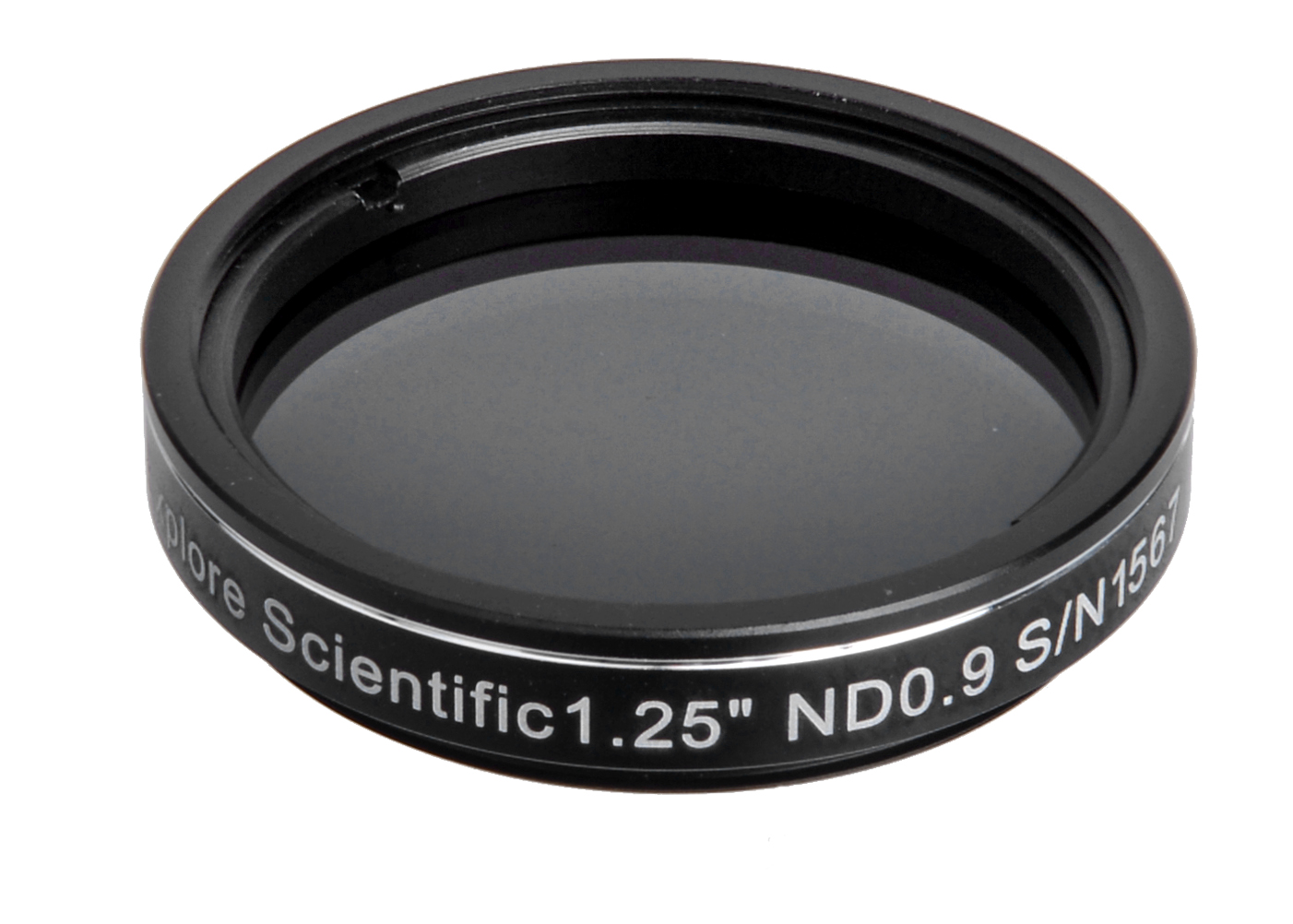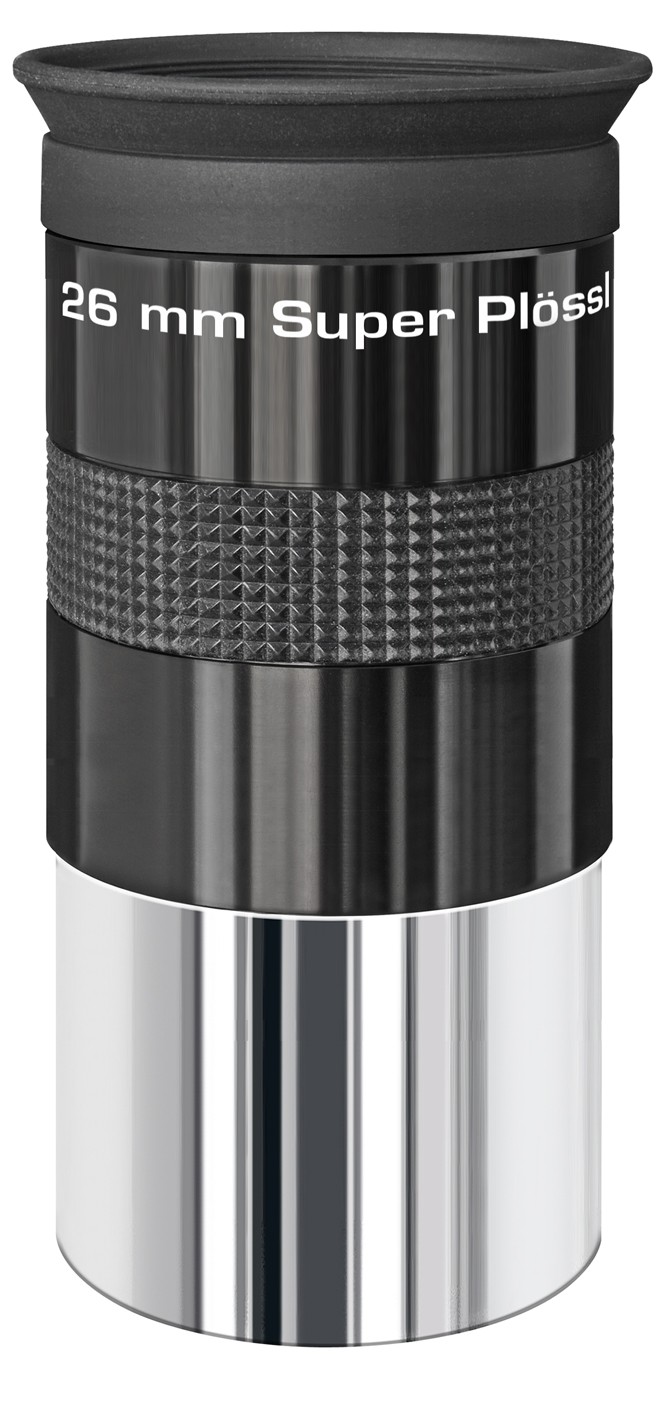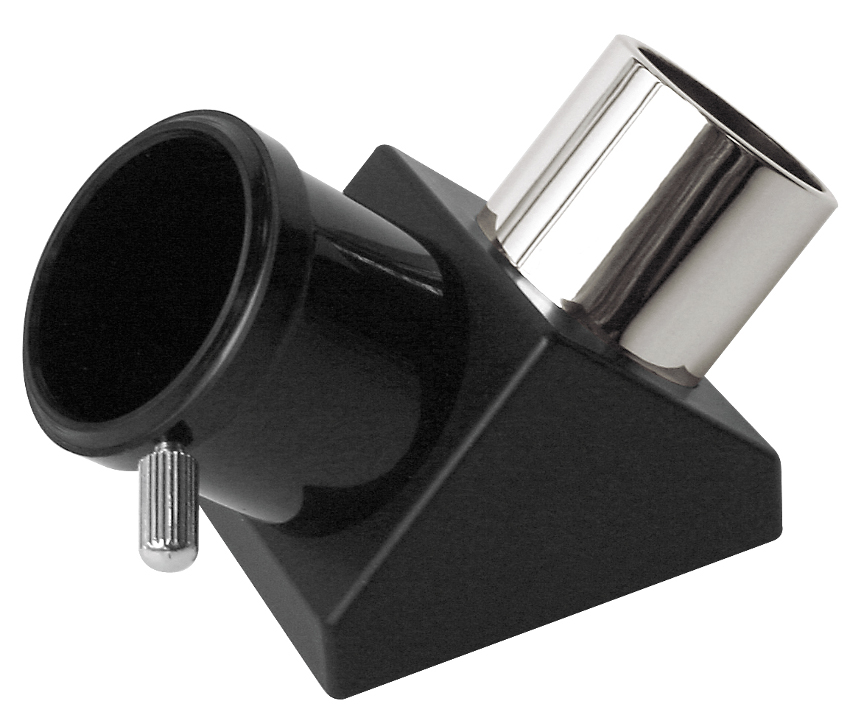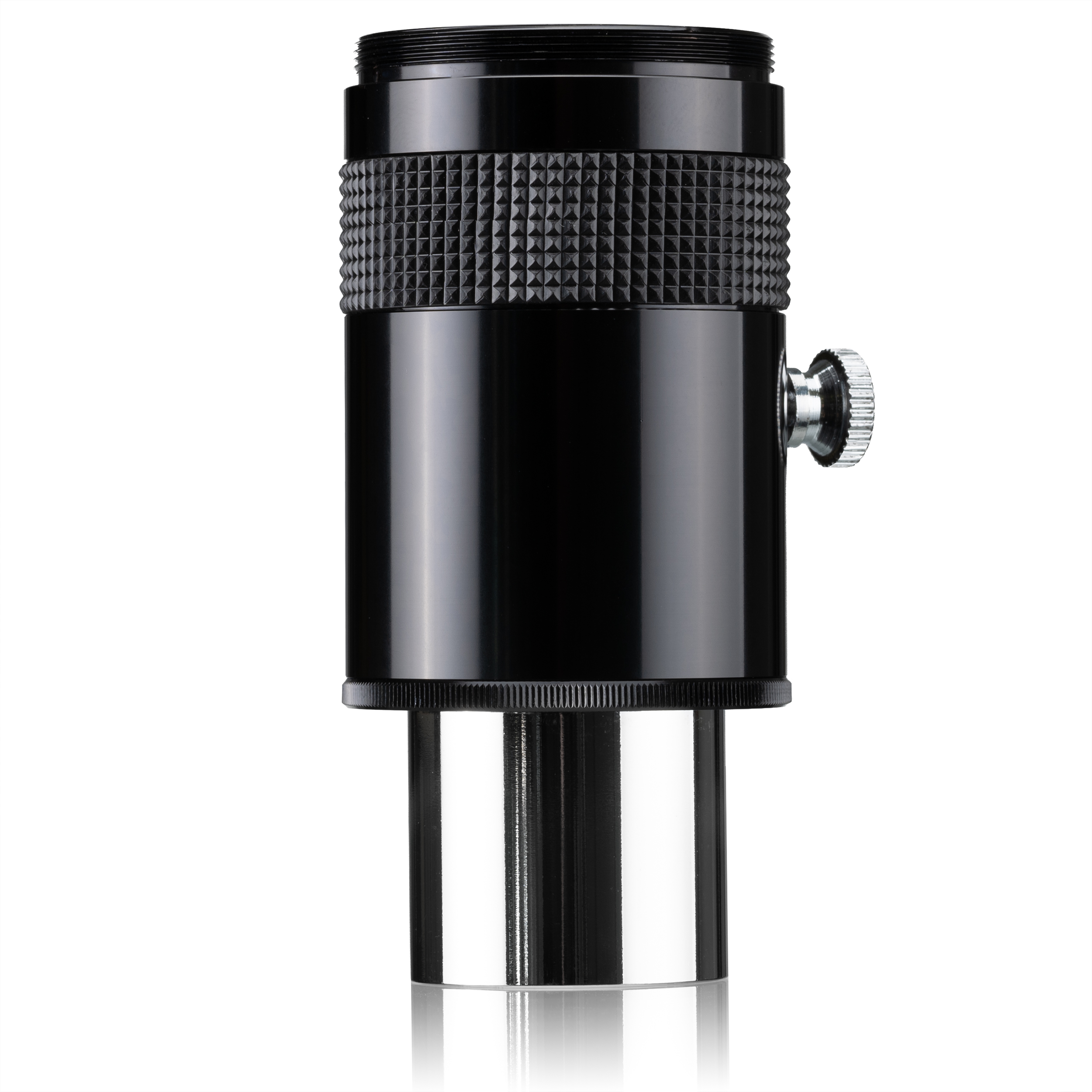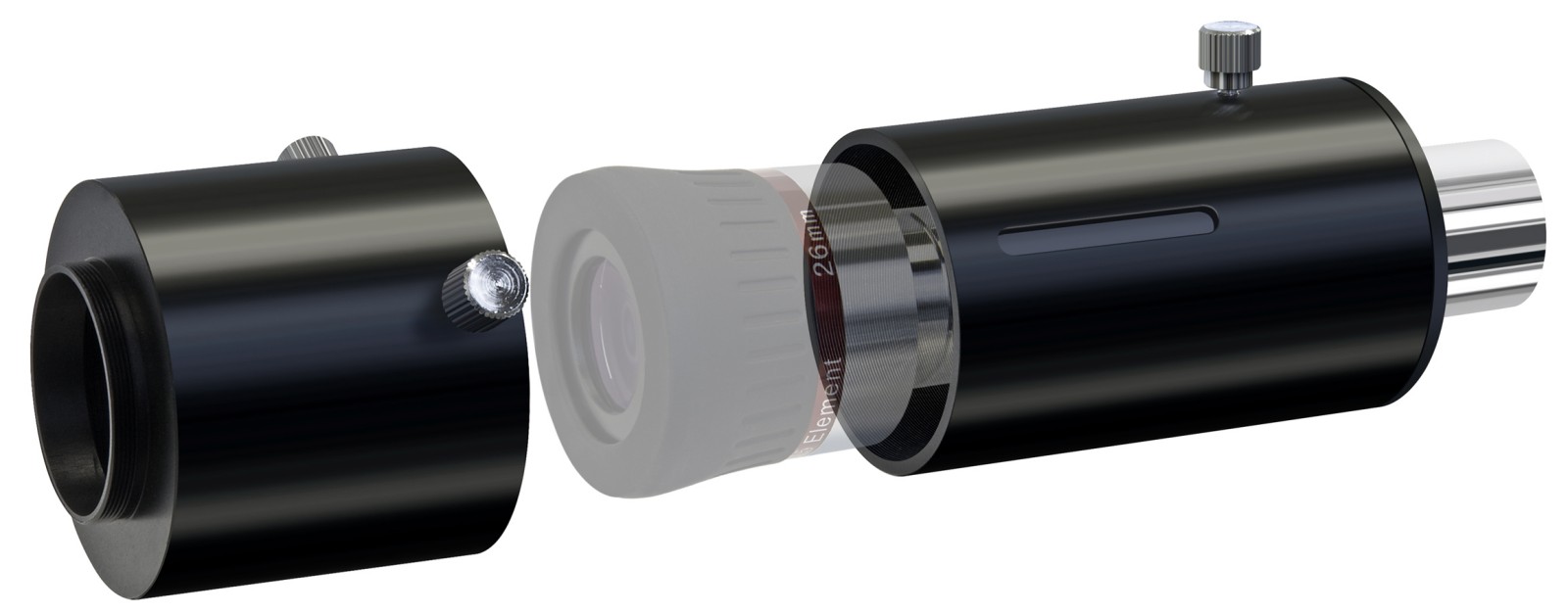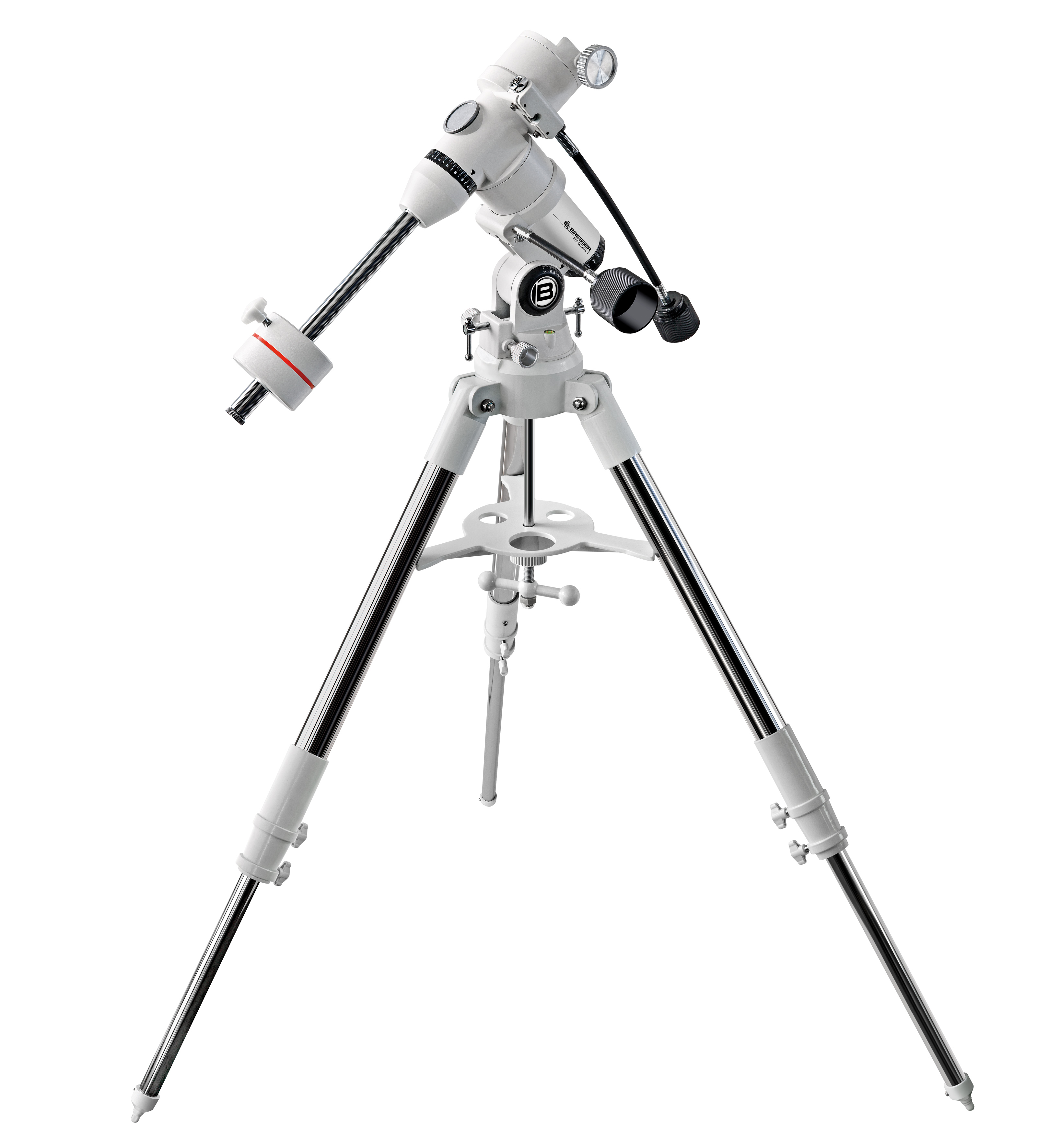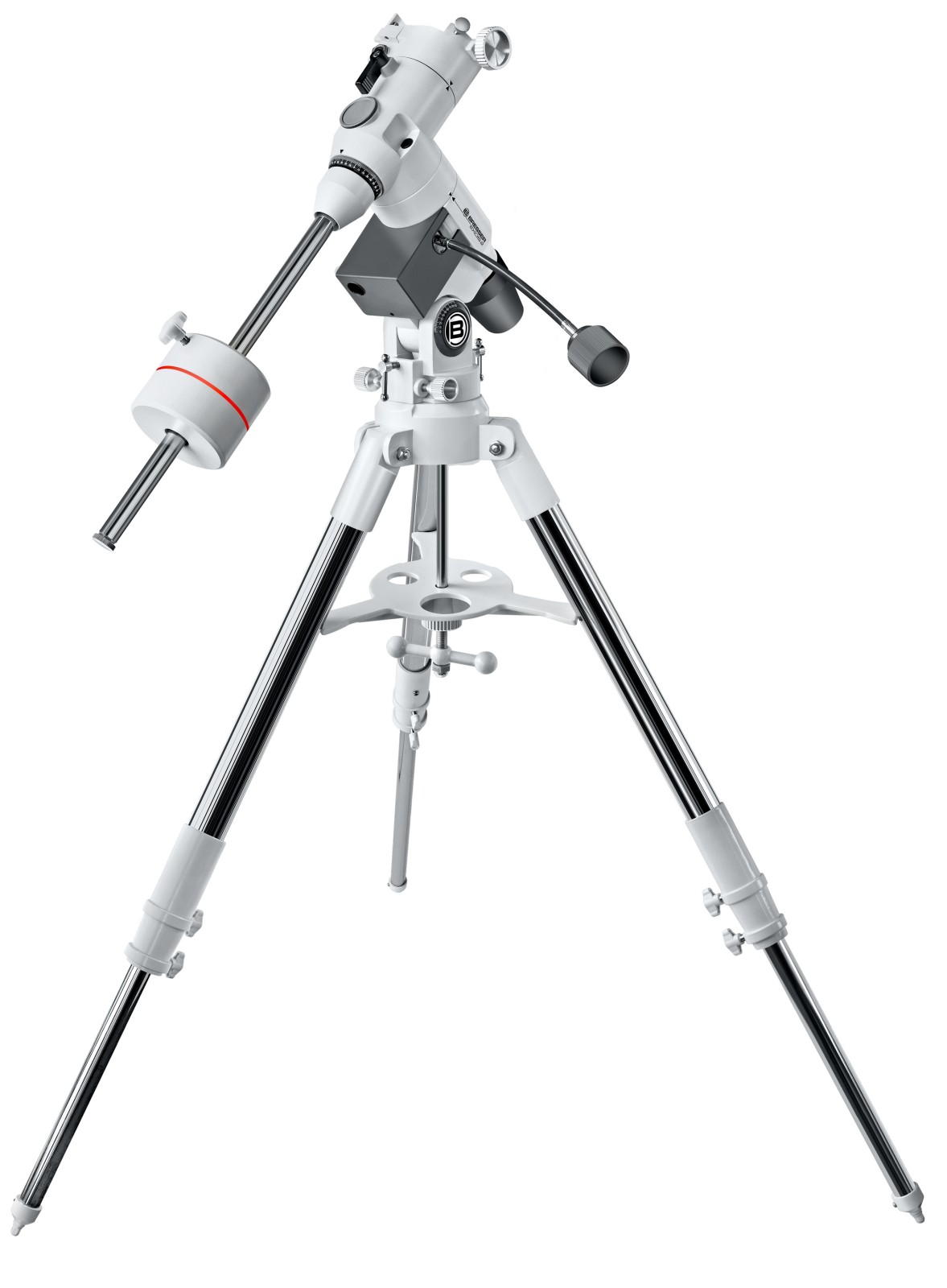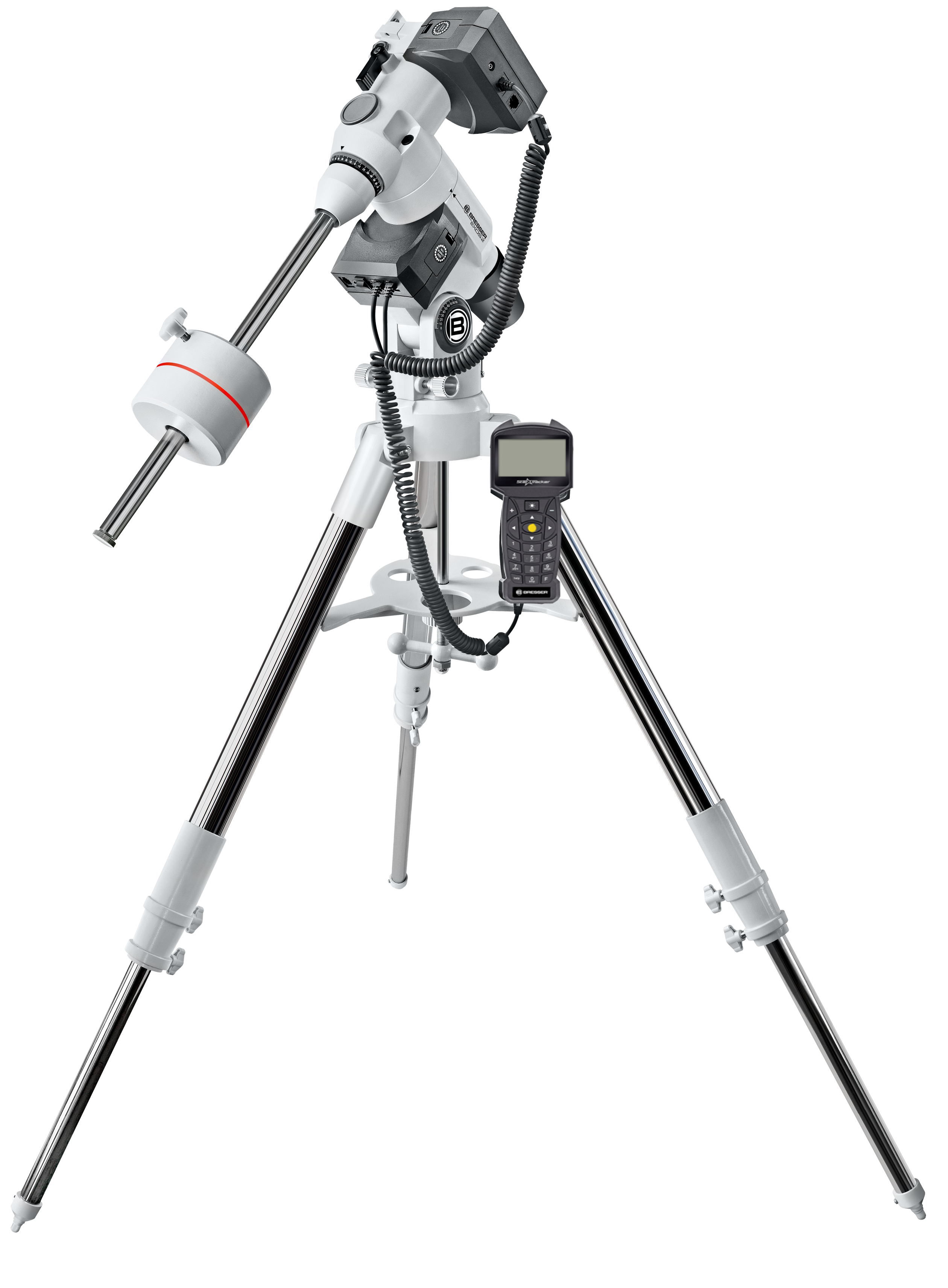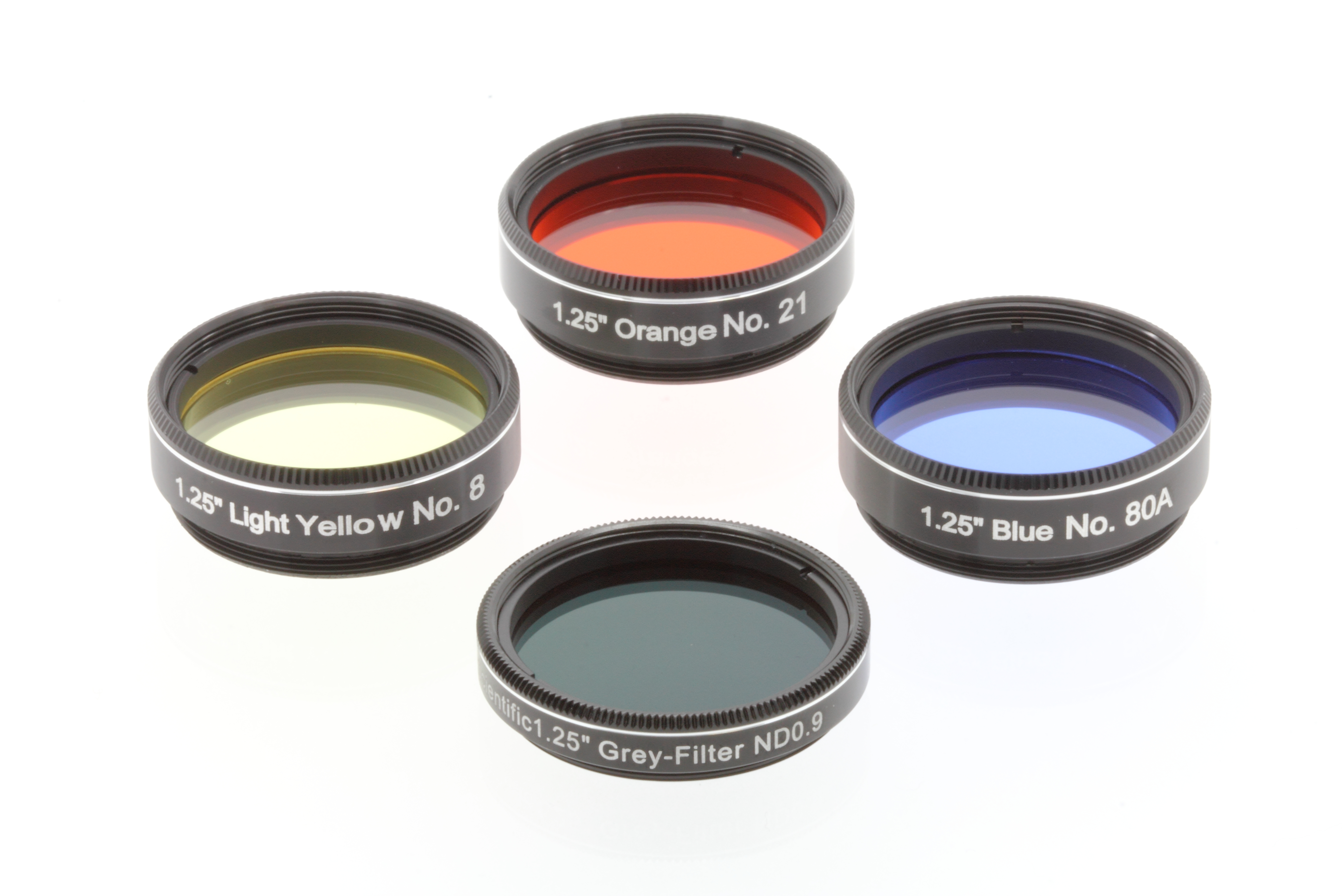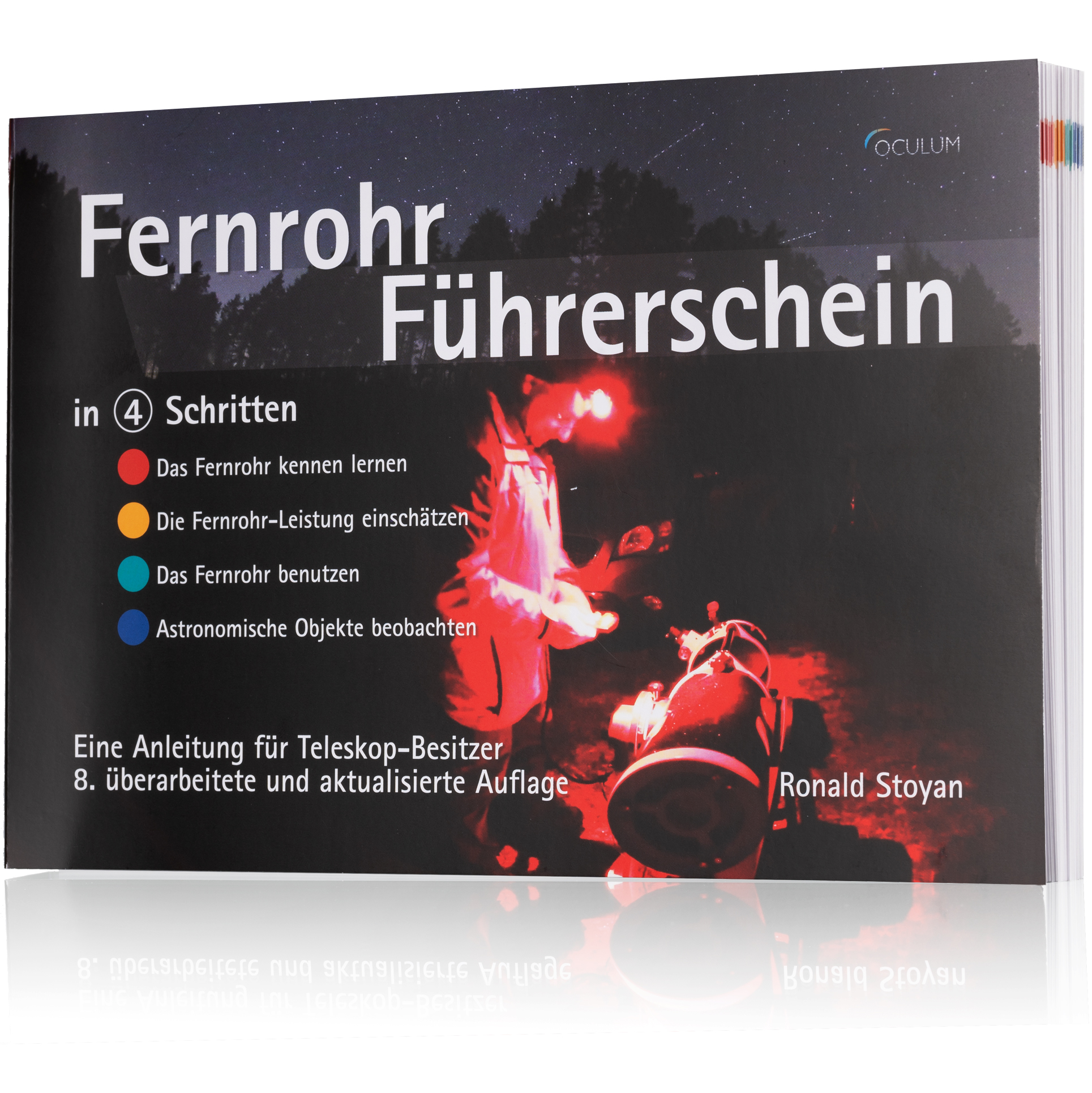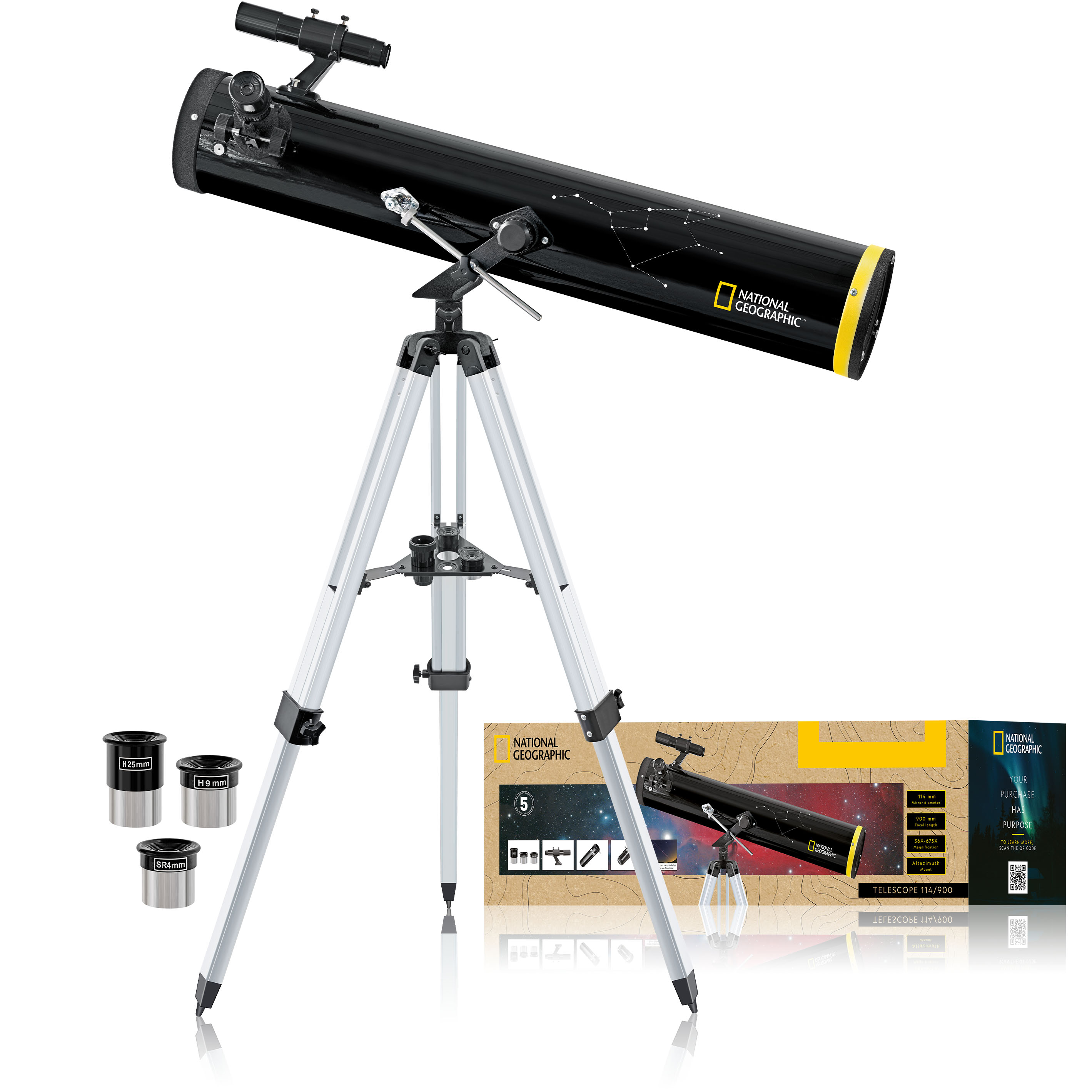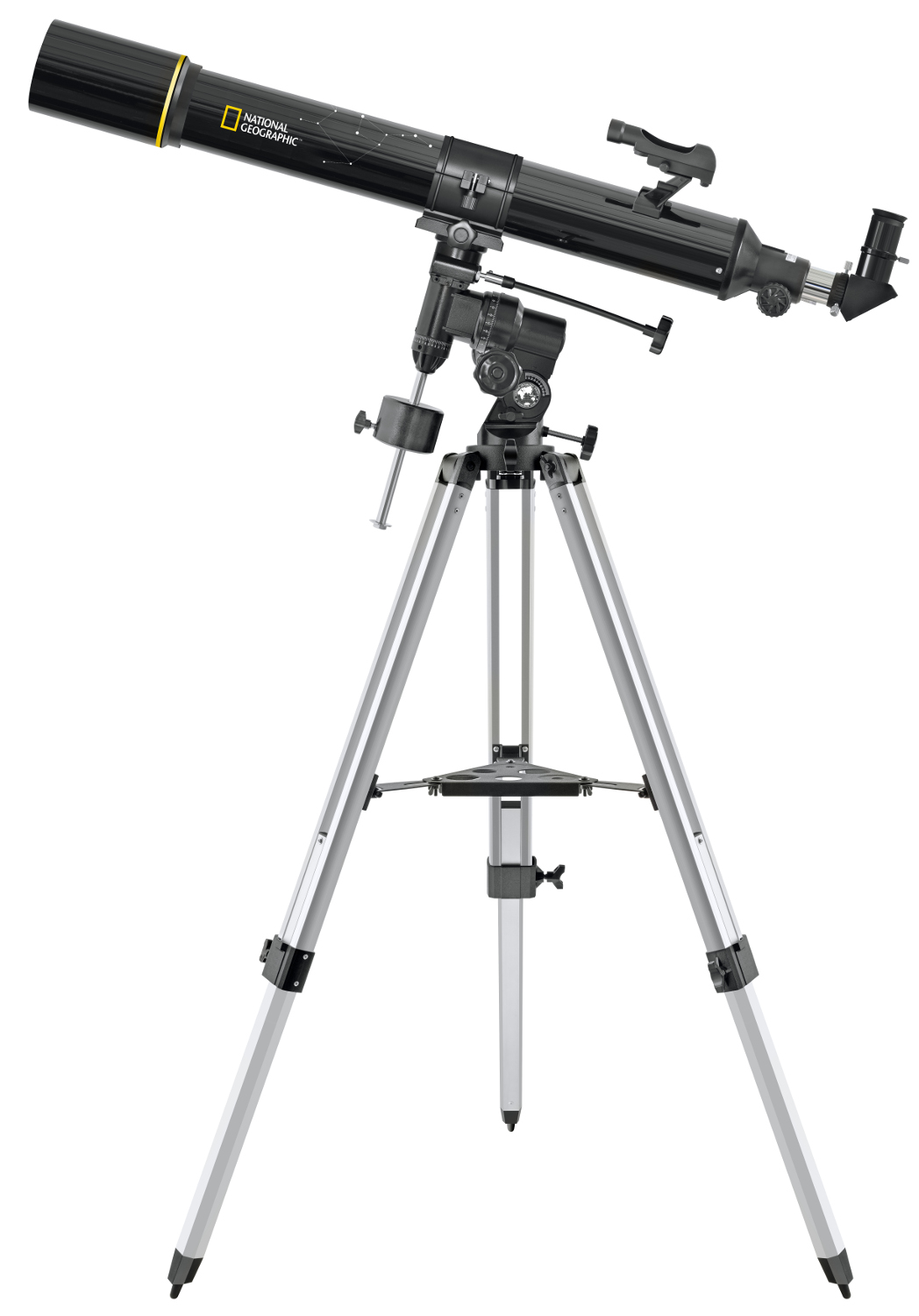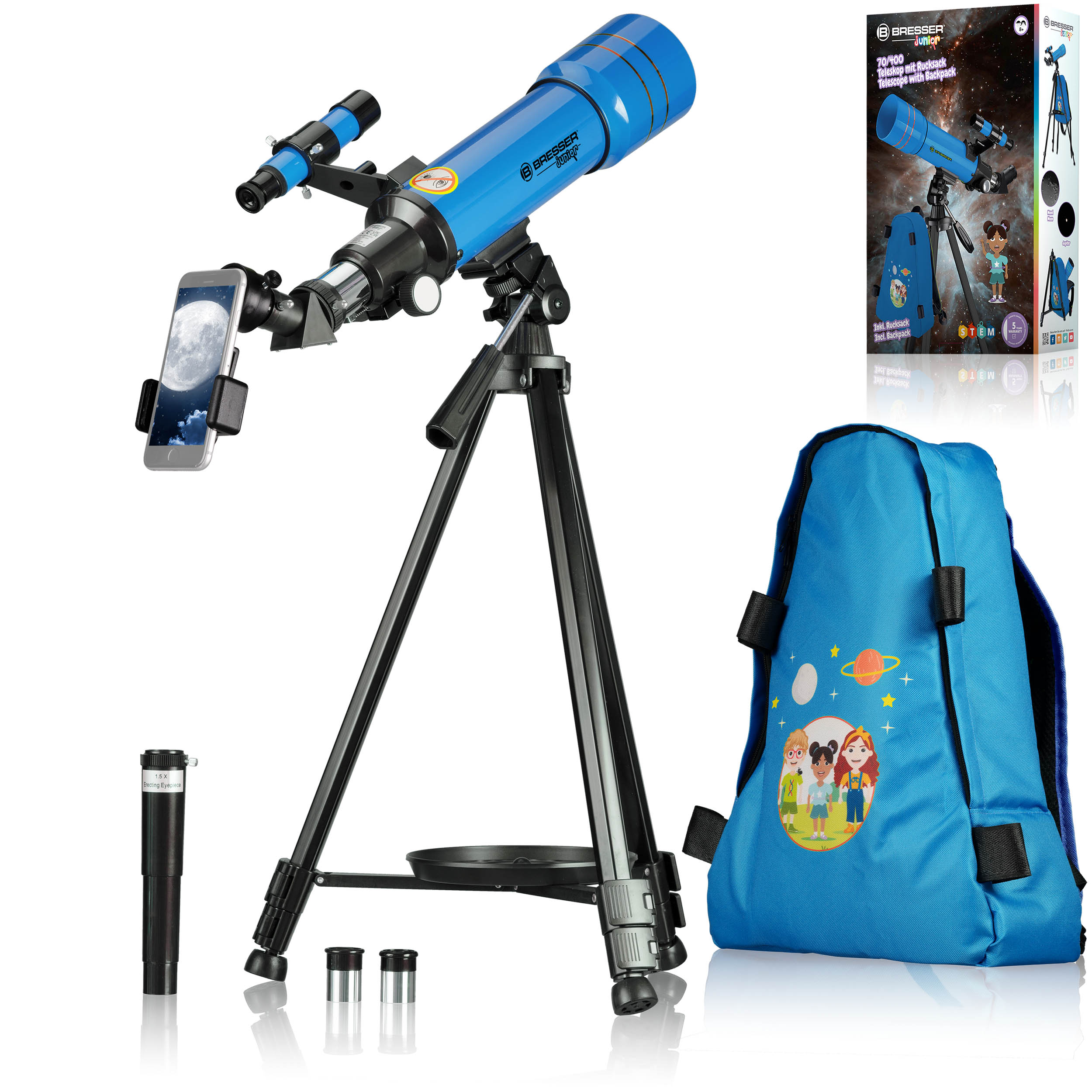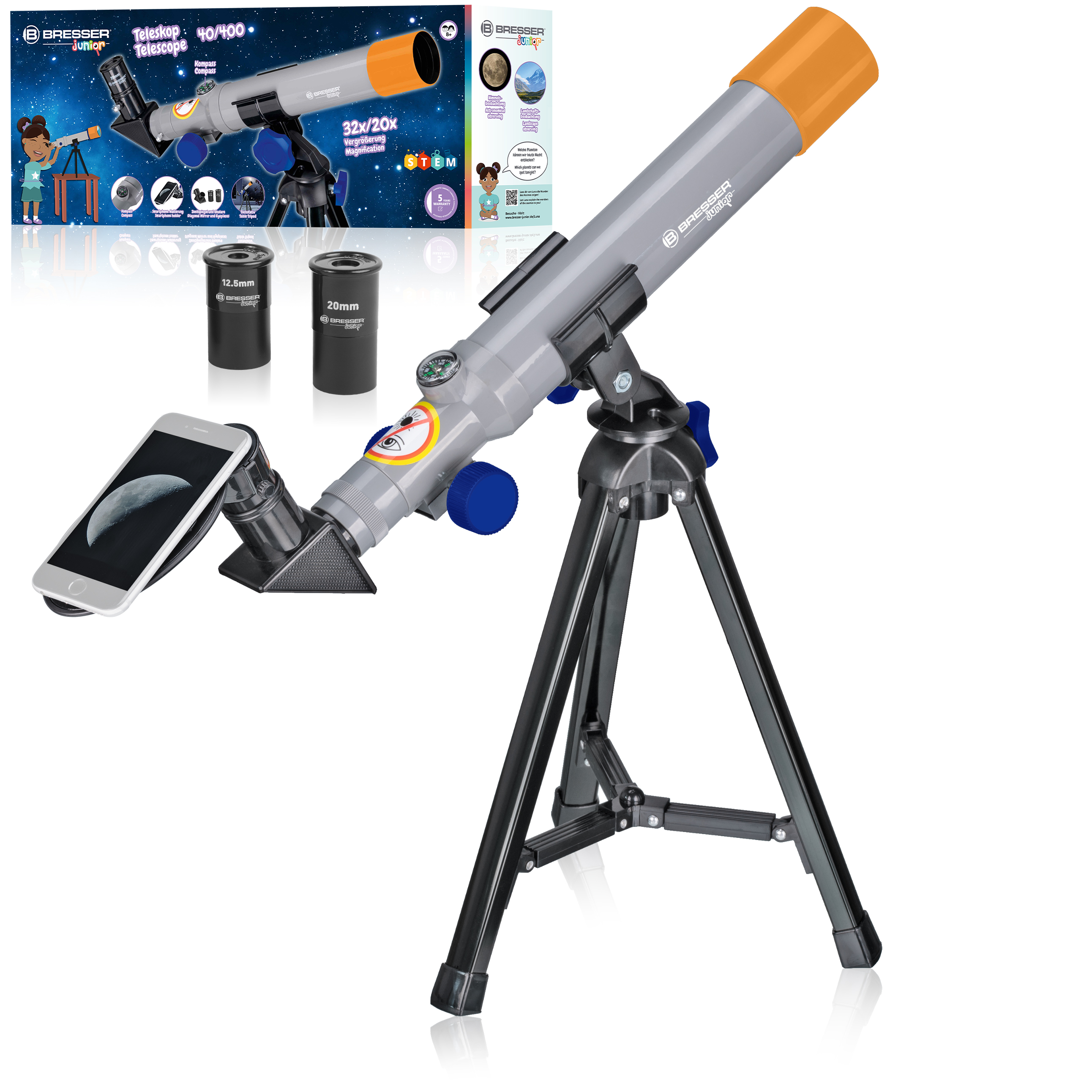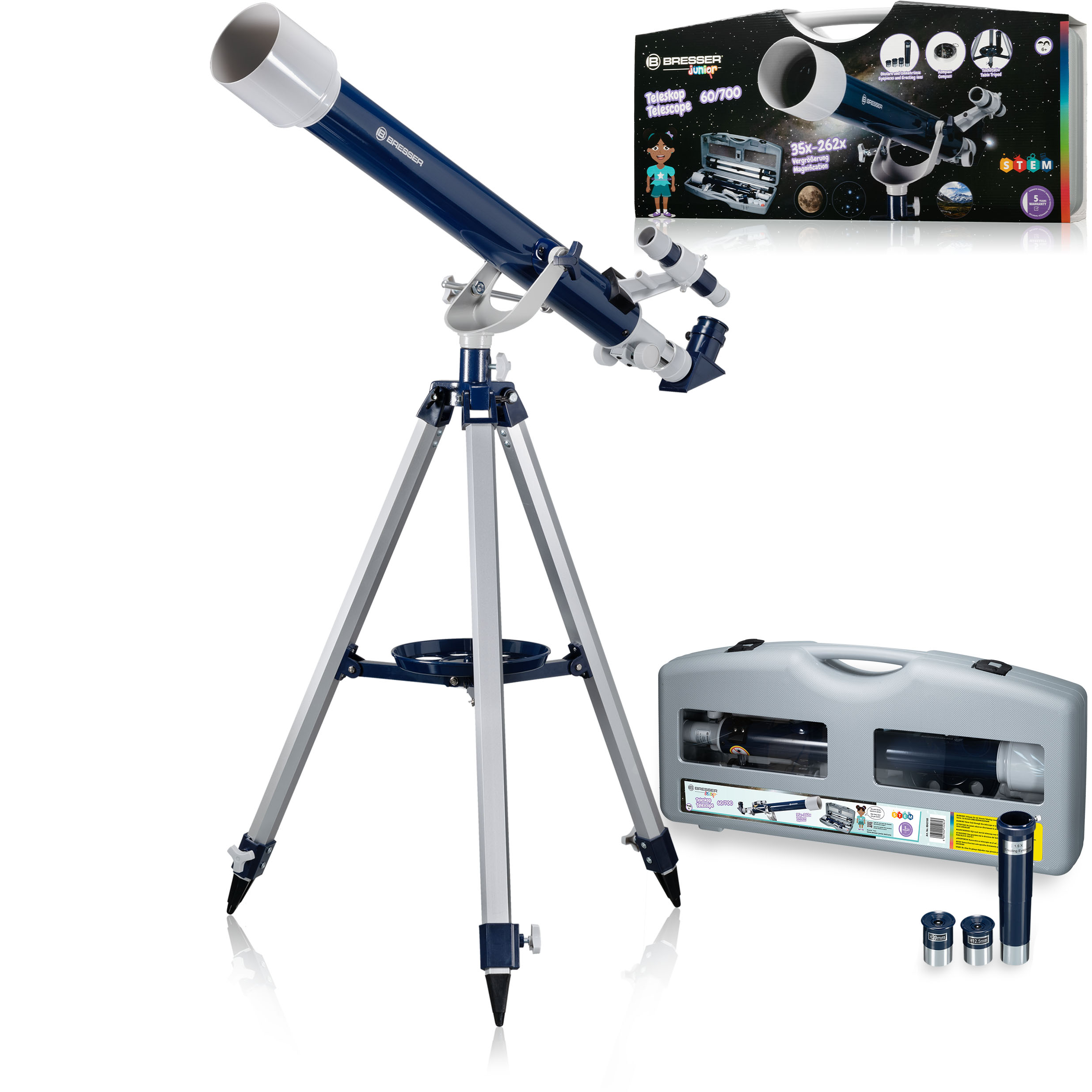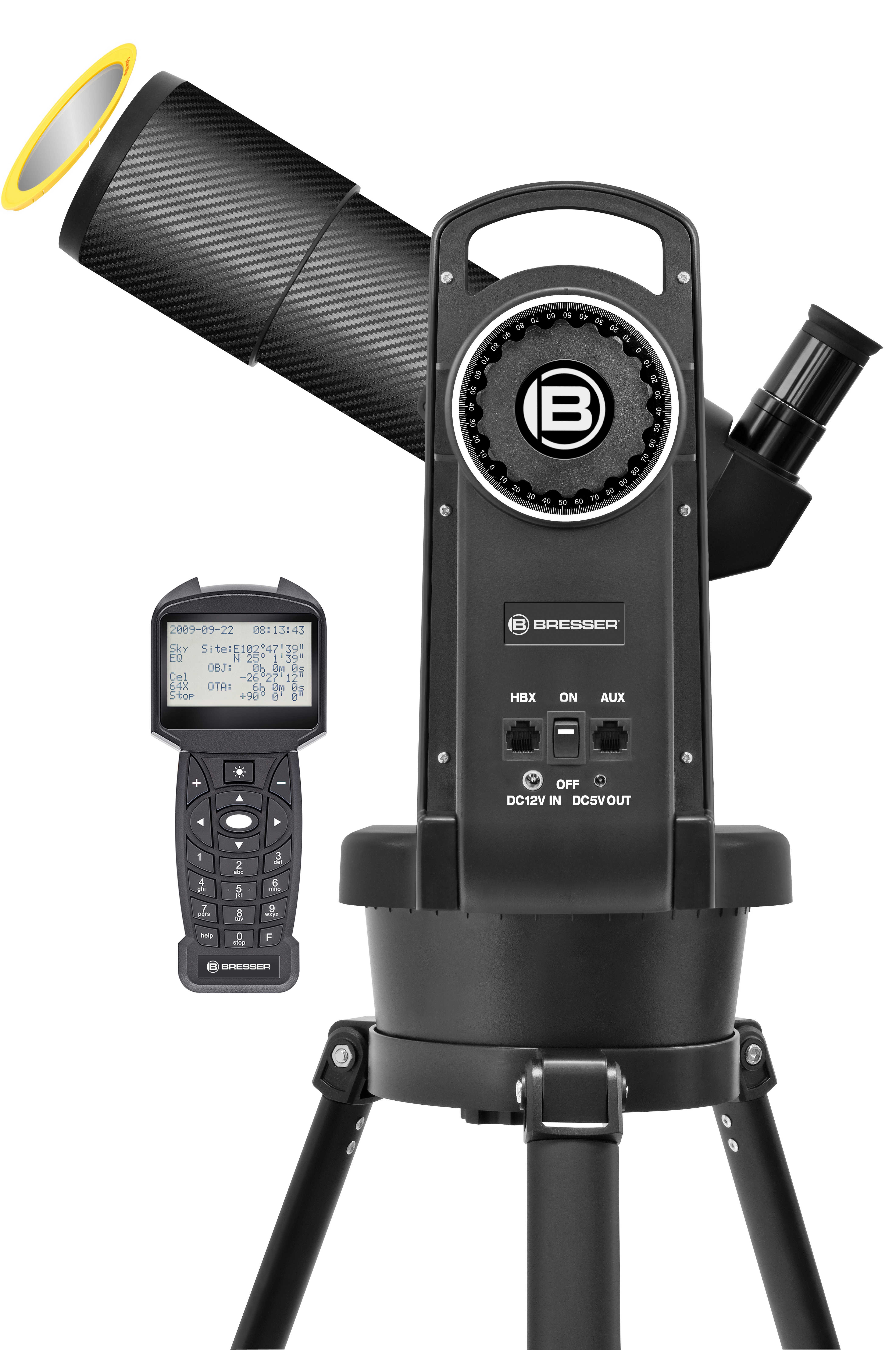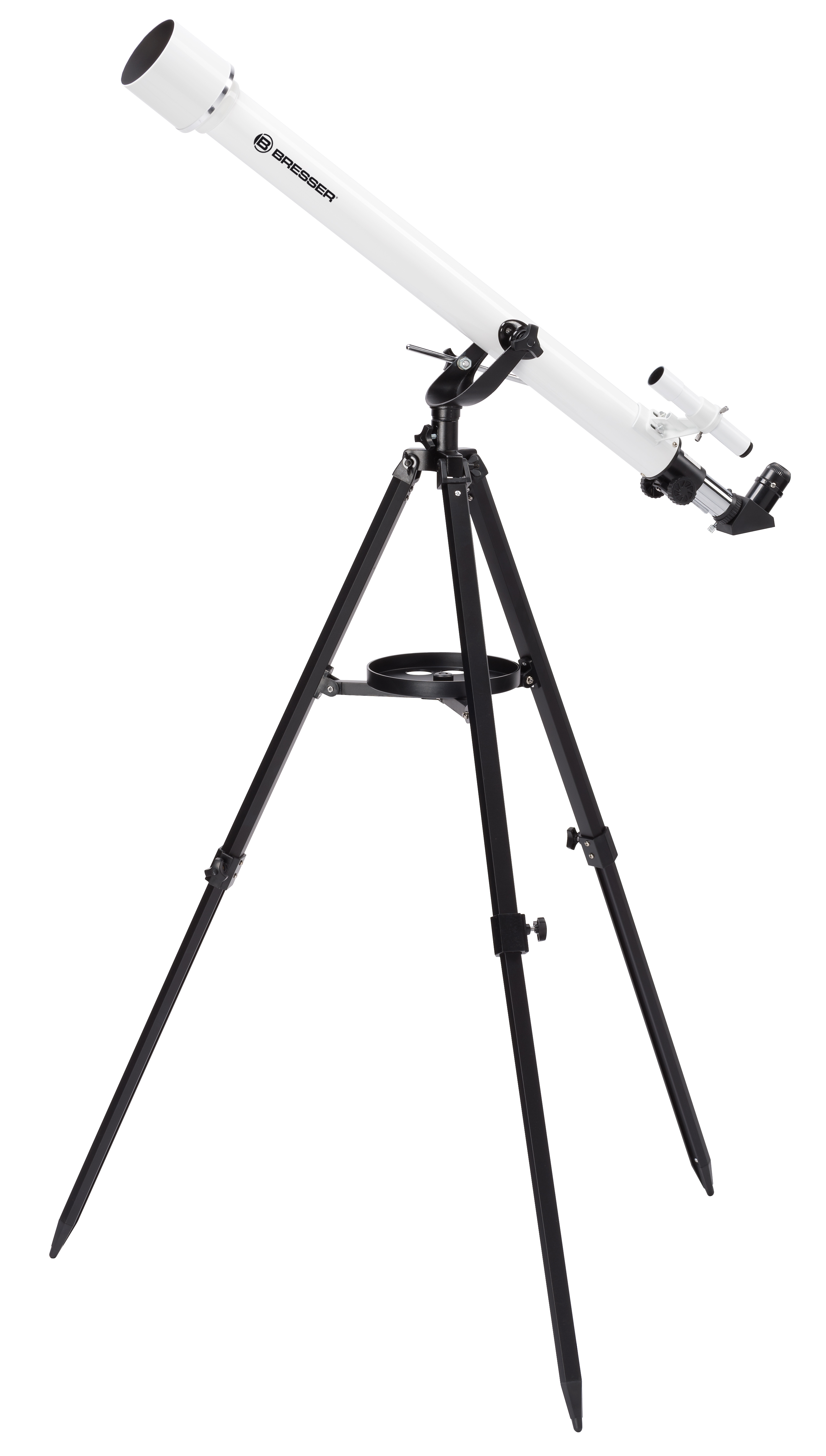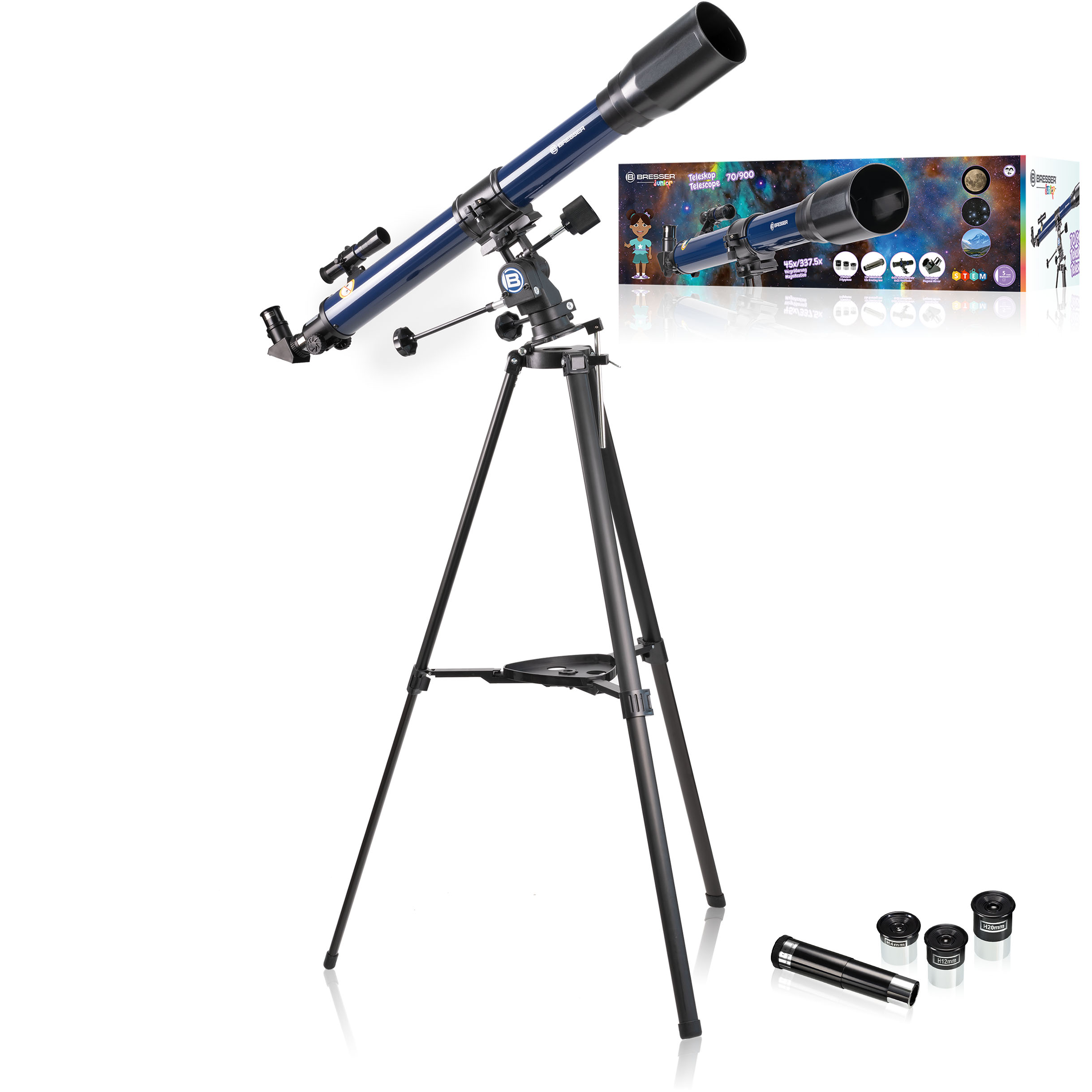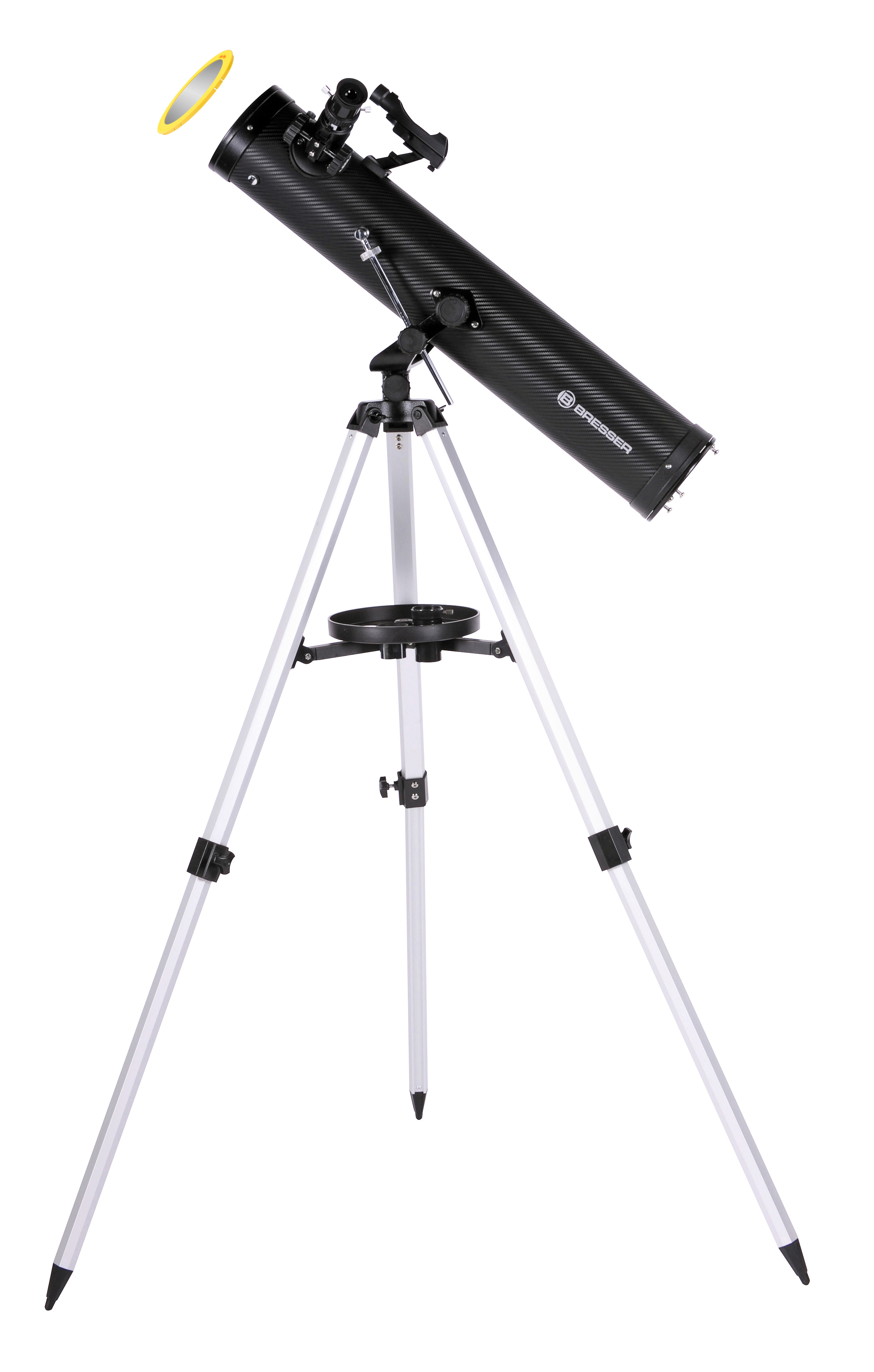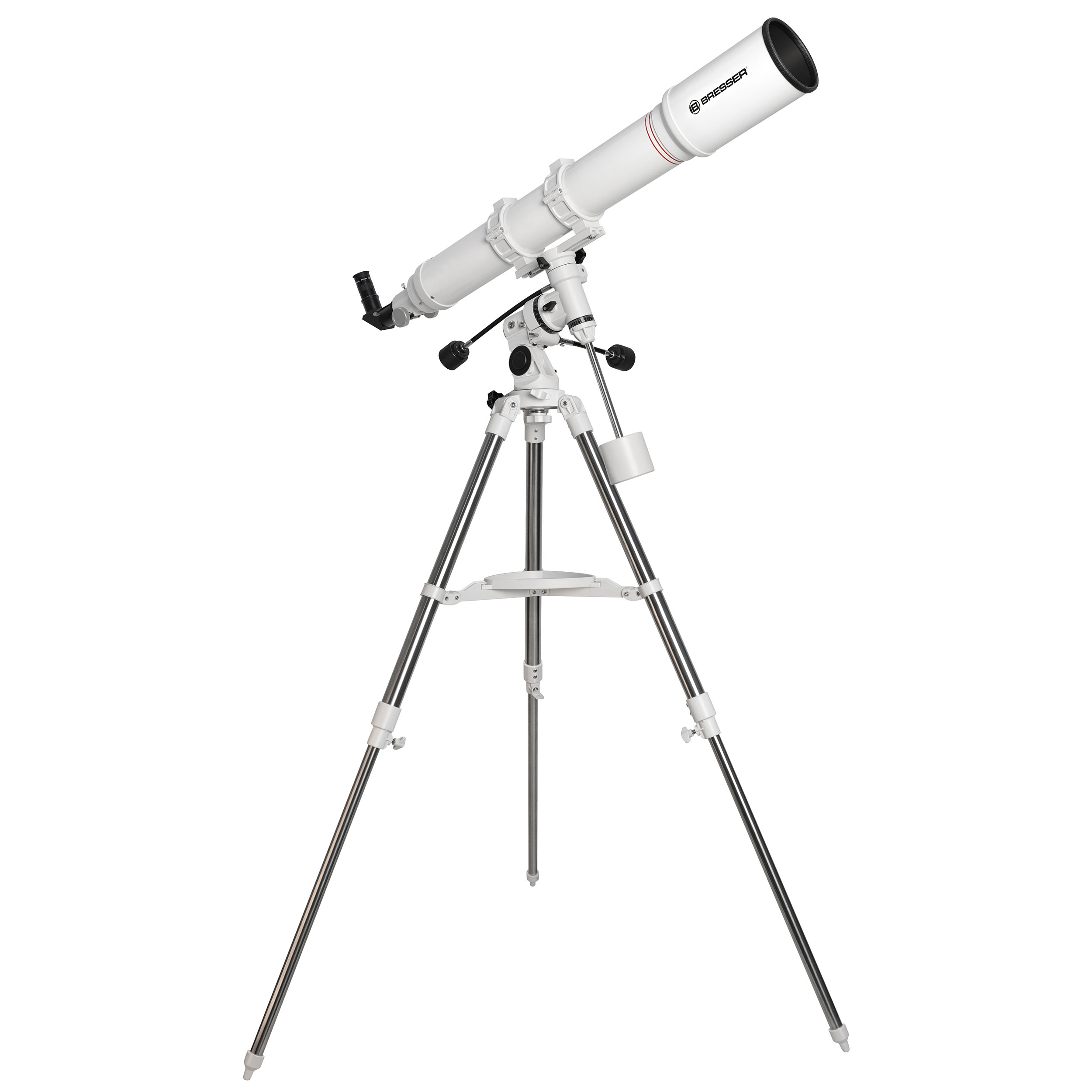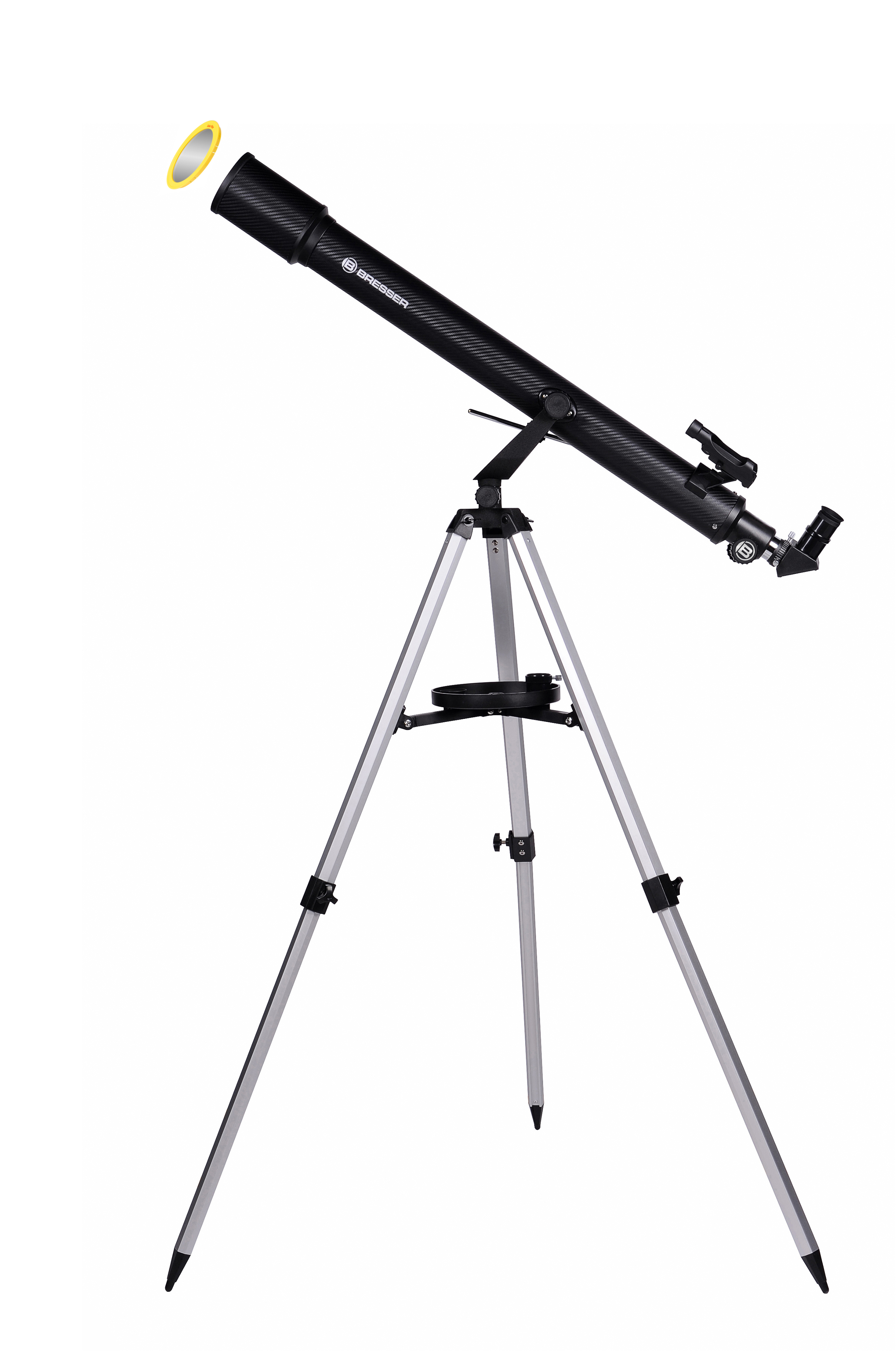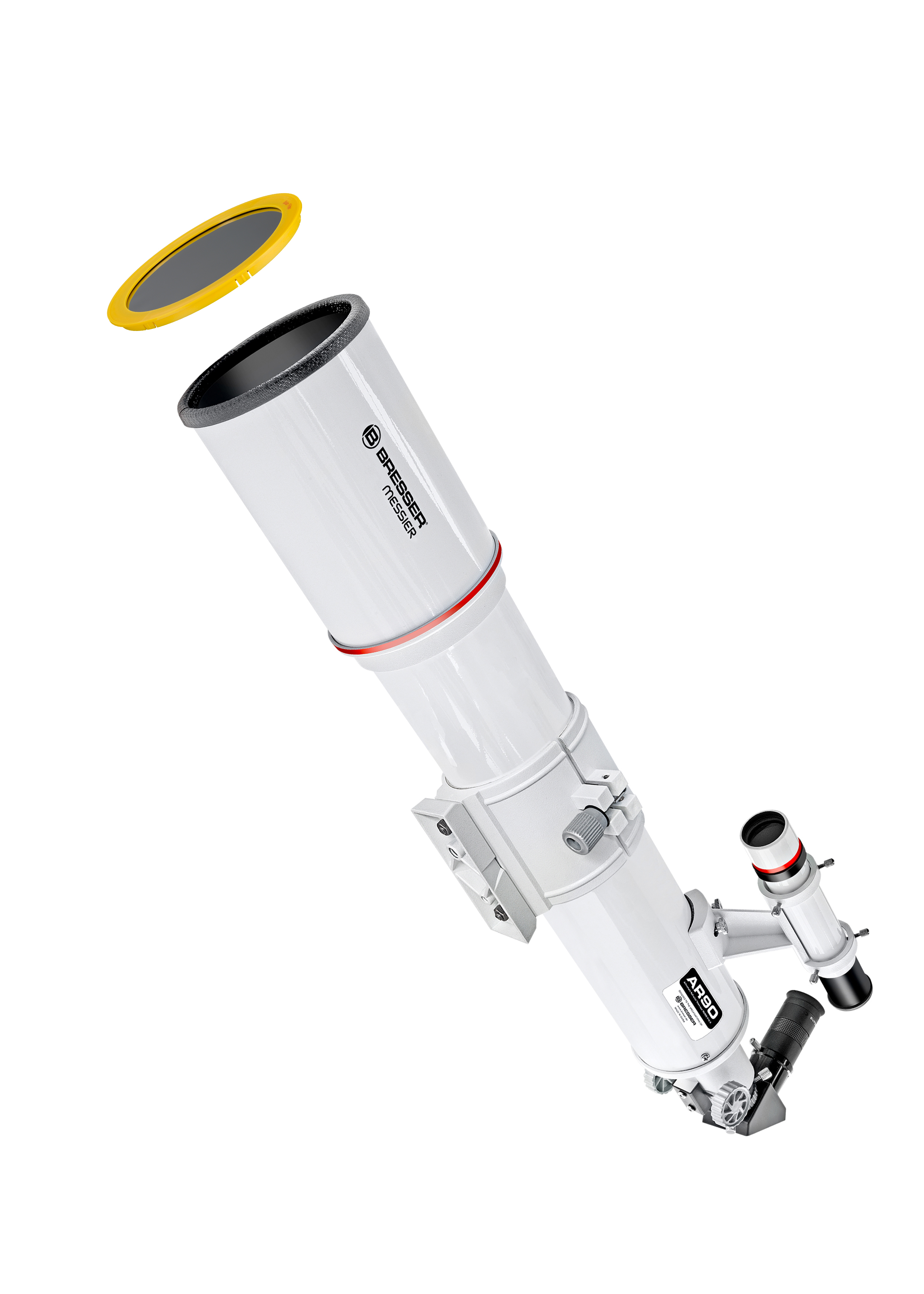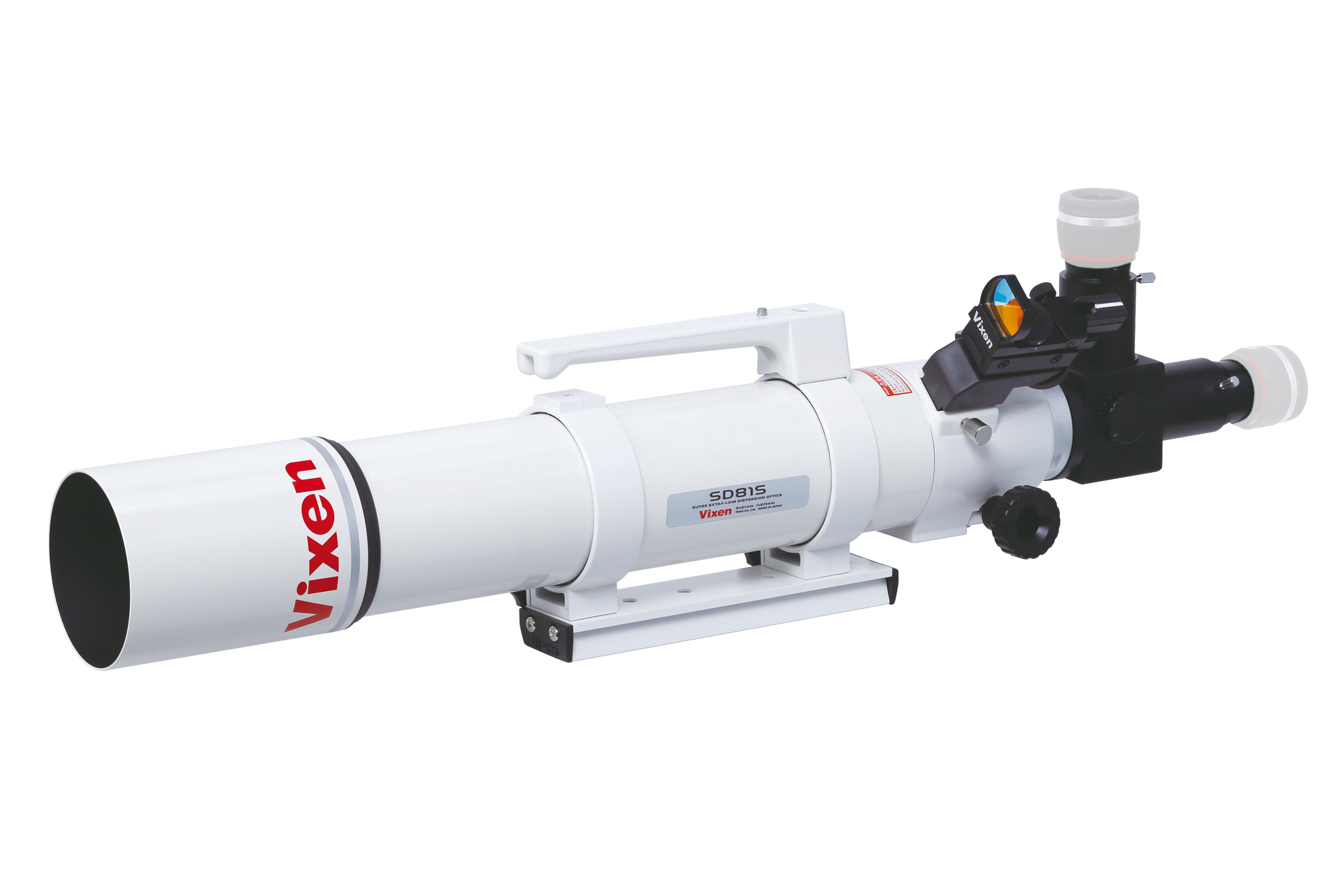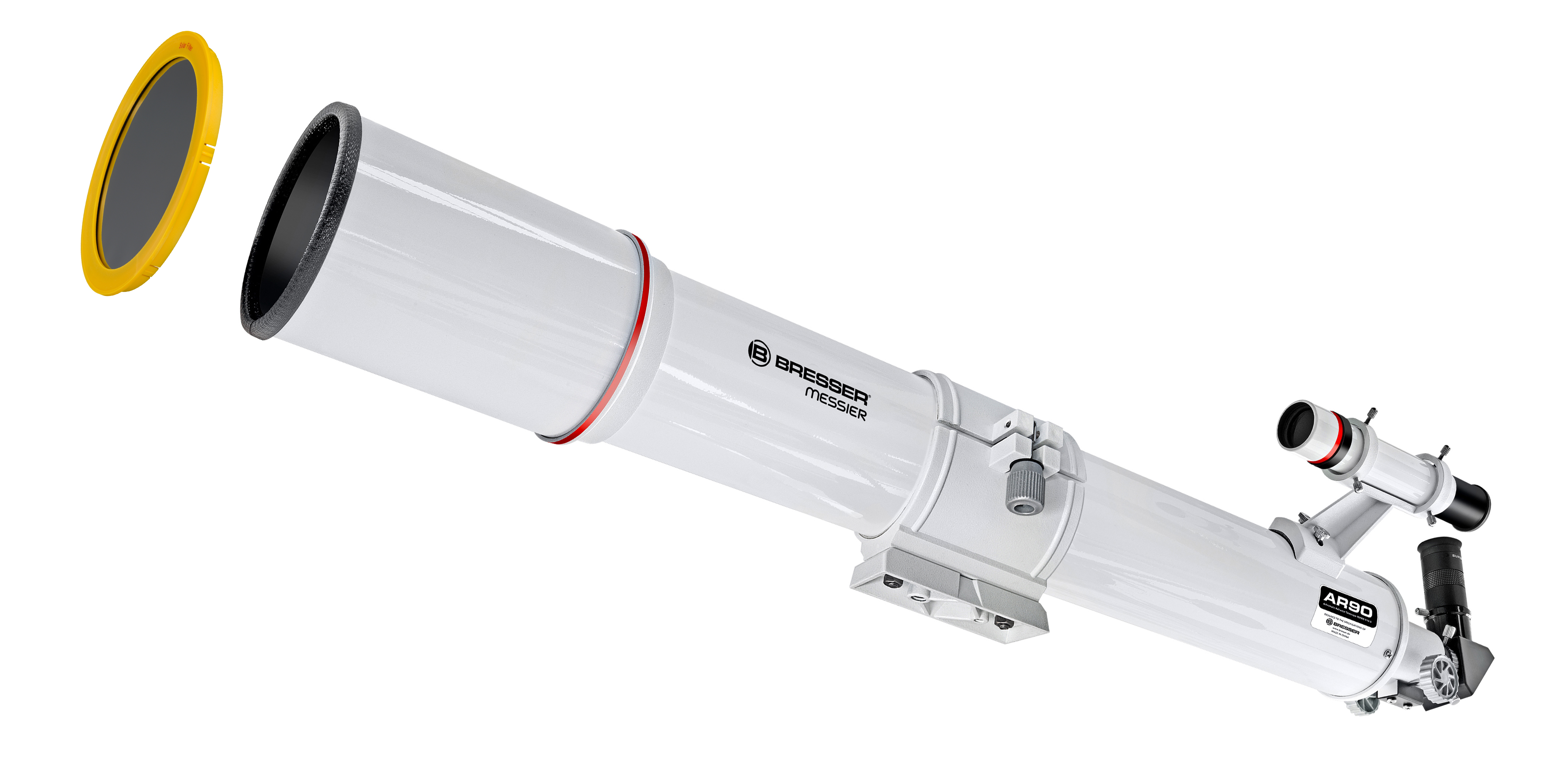
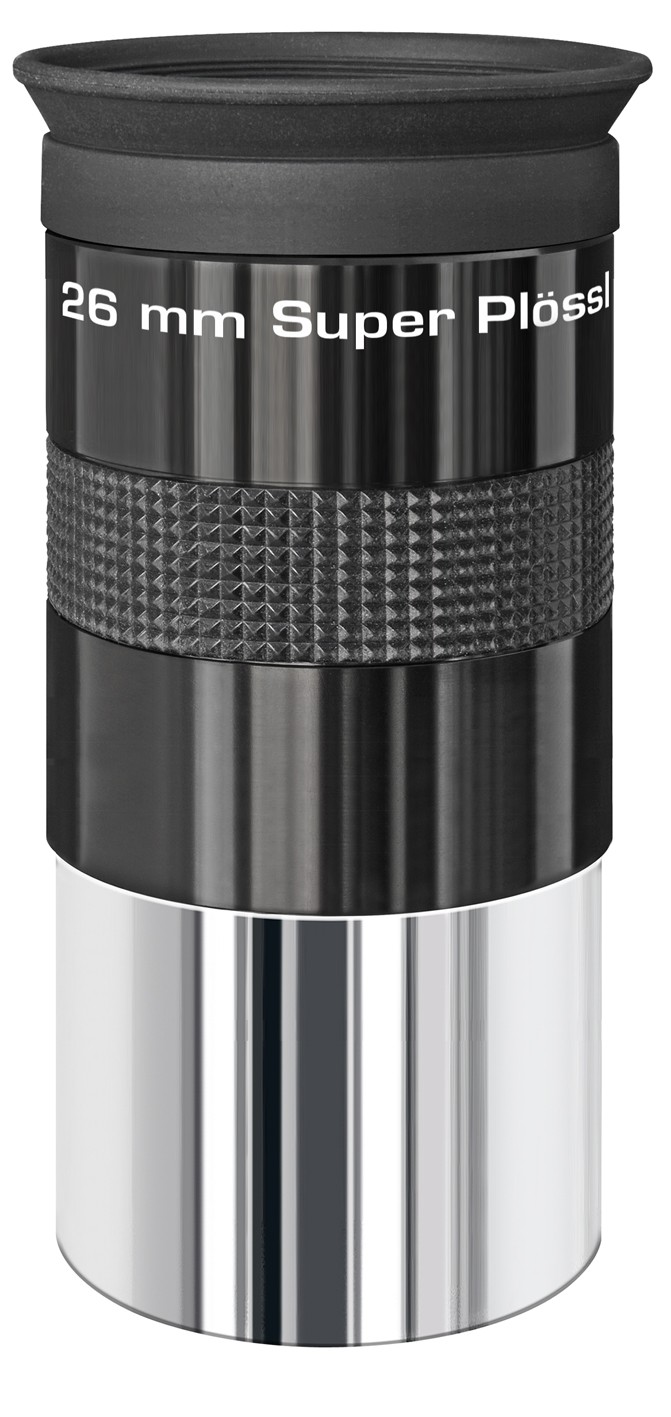
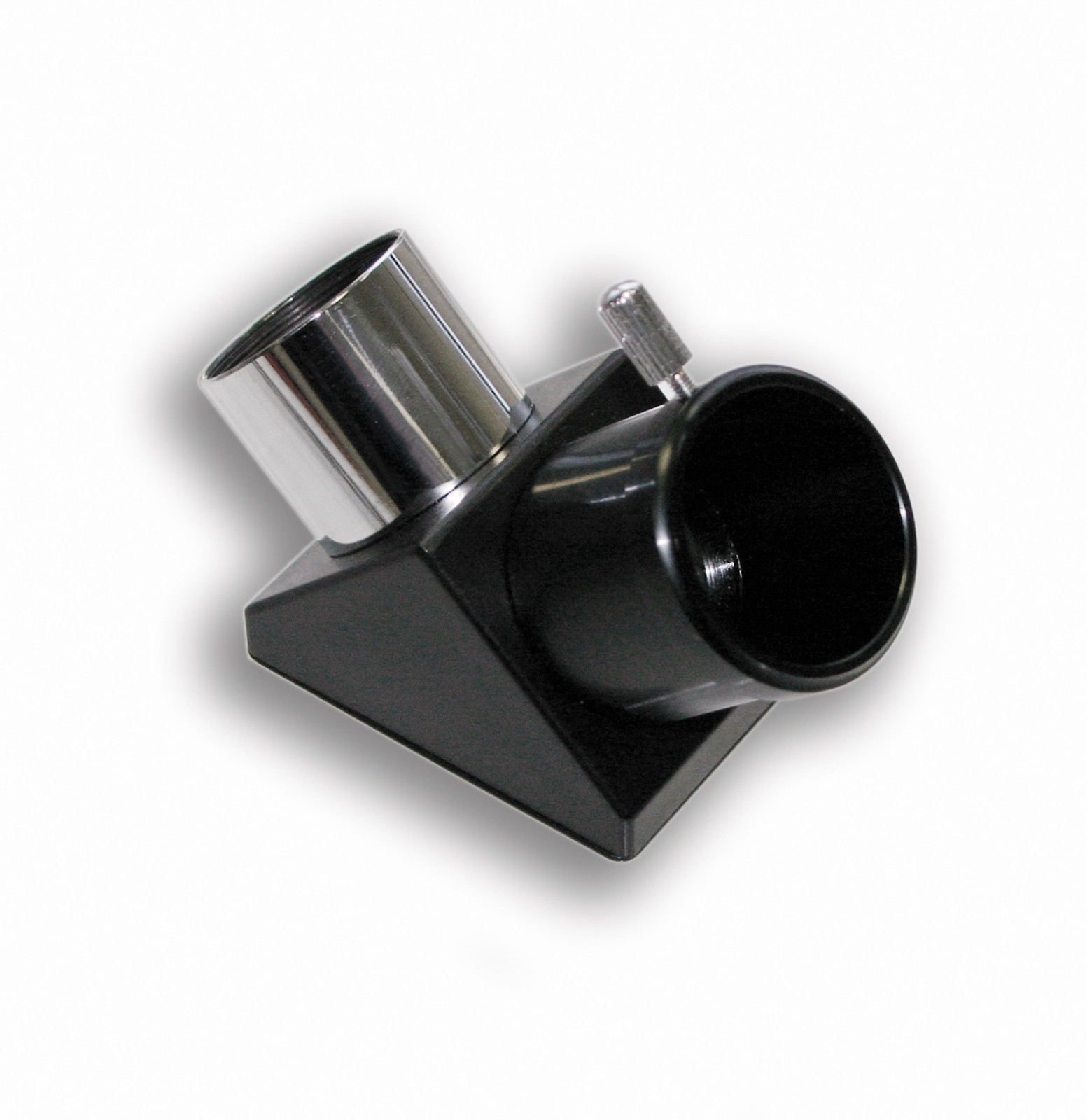









90 mm f/10 refractor telescope
- High quality achromatic lense telescope
- D: 90 mm; F: 900 mm; F/D: F/10
- Maximum recommended magnification: 180x
- Included: Telescope and Accessories
- Telescope for night and solar observation
- Aperture Solar-filter and smartphone adapter for celestial navigation included
Excellent for entering into the hobby of astronomy: 90mm aperture delivers 200 times more light than the naked eye! Observe craters, valleys and rims on the moon from nearly 400,000km away just as you would look out of the window of a spaceship!
The MESSIER AR-90 does not only provide highly detailed views of the moon: Gaze at the division of the rings of saturn millions of kilometers away or explore the Great Red Spot of Jupiter, a giant tornado in Jupiter's atmosphere. Watch the seasons on Mars and find the sickle of Venus.
The MESSIER AR-90 gives you images that are many times brighter than the instrument Galileo Galilei was using for his famous explorations almost 400 years ago.
This telescope is an optical tube without mount and tripod.
CHARACTERISTICS
- Optical design: refractor telescope
- Lens diameter: 90 mm / focal length: 900 mm / F/10
- Maximum recommended magnification: 180x
- Telescope for night and solar observation
- 6x30 viewfinder with crosshair eyepiece
- Optimised finder mount for comfortable viewing
- 31.7 mm (1.25") zenith mirror
- Smartphone adapter for celestial navigation included
- Optical tube
- 26 mm Super Plössl eyepiece (31.7 mm / 1.25")
- 31.7 mm (1.25") diagonal mirror
- Integrated 31.7 mm and T2 adapter
- 6x30 optical viewfinder
- Rotatable star map
- Aperture solar filter
- Smartphone adapter for celestial navigation
- Astronomy PC software Stellarium (via download)
| Colour: | white |
|---|---|
| Dust protection caps: | Dust protection caps for front lens and eyepiece holder |
| Finderscope: | 6 x 30 mm |
| Focus Group [Telescopes]: | Beginners |
| Material: | Aluminium |
| Mount Type [Telescopes]: | Optics without Mount |
| Optical design: | Achromatic Refractor |
| Product Family [Telescopes]: | Refractor telescope |
| Product series: | Messier |
| Type of coating: | Multi coated |
Accessories
Similar products
Customers also viewed


